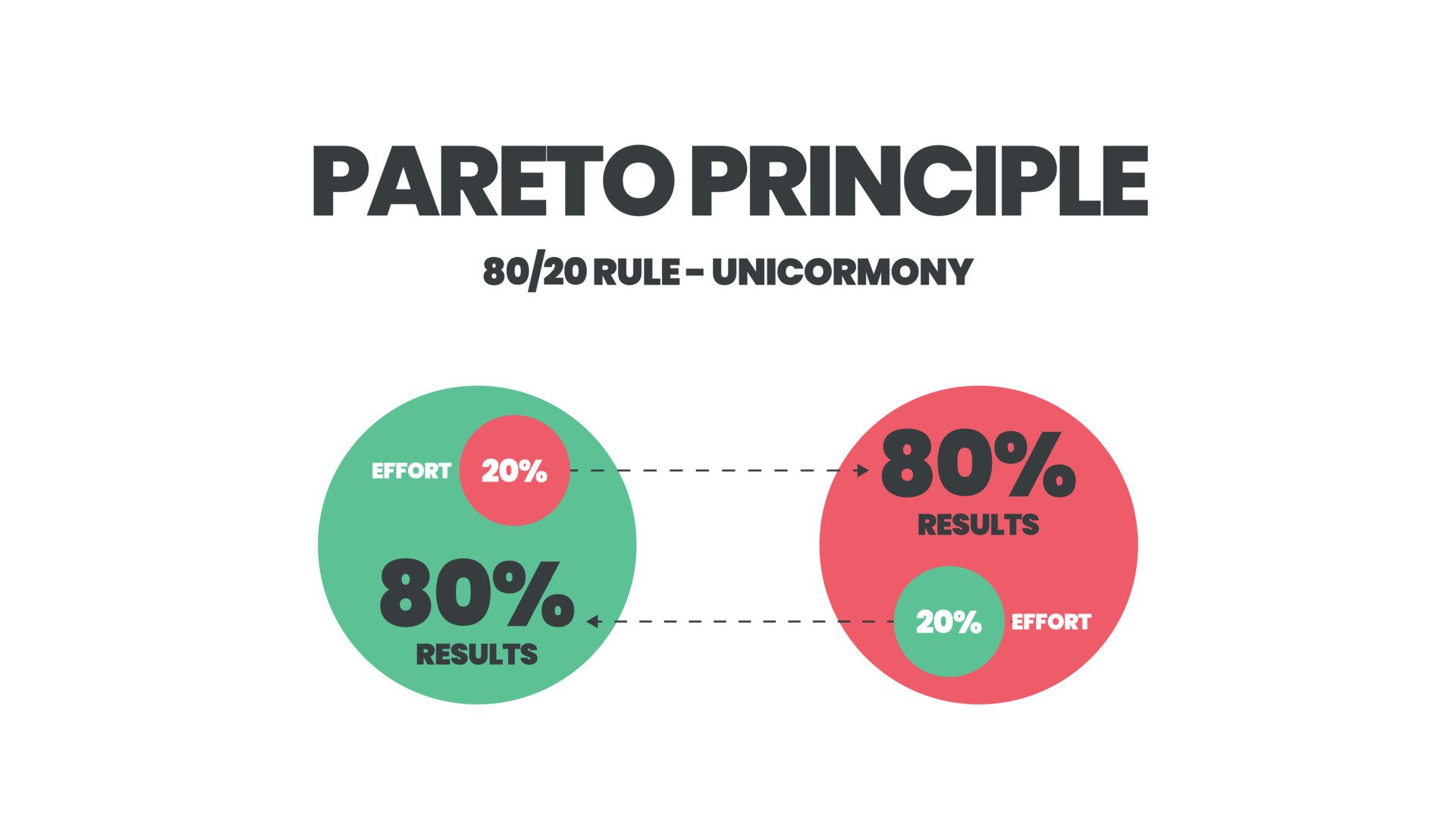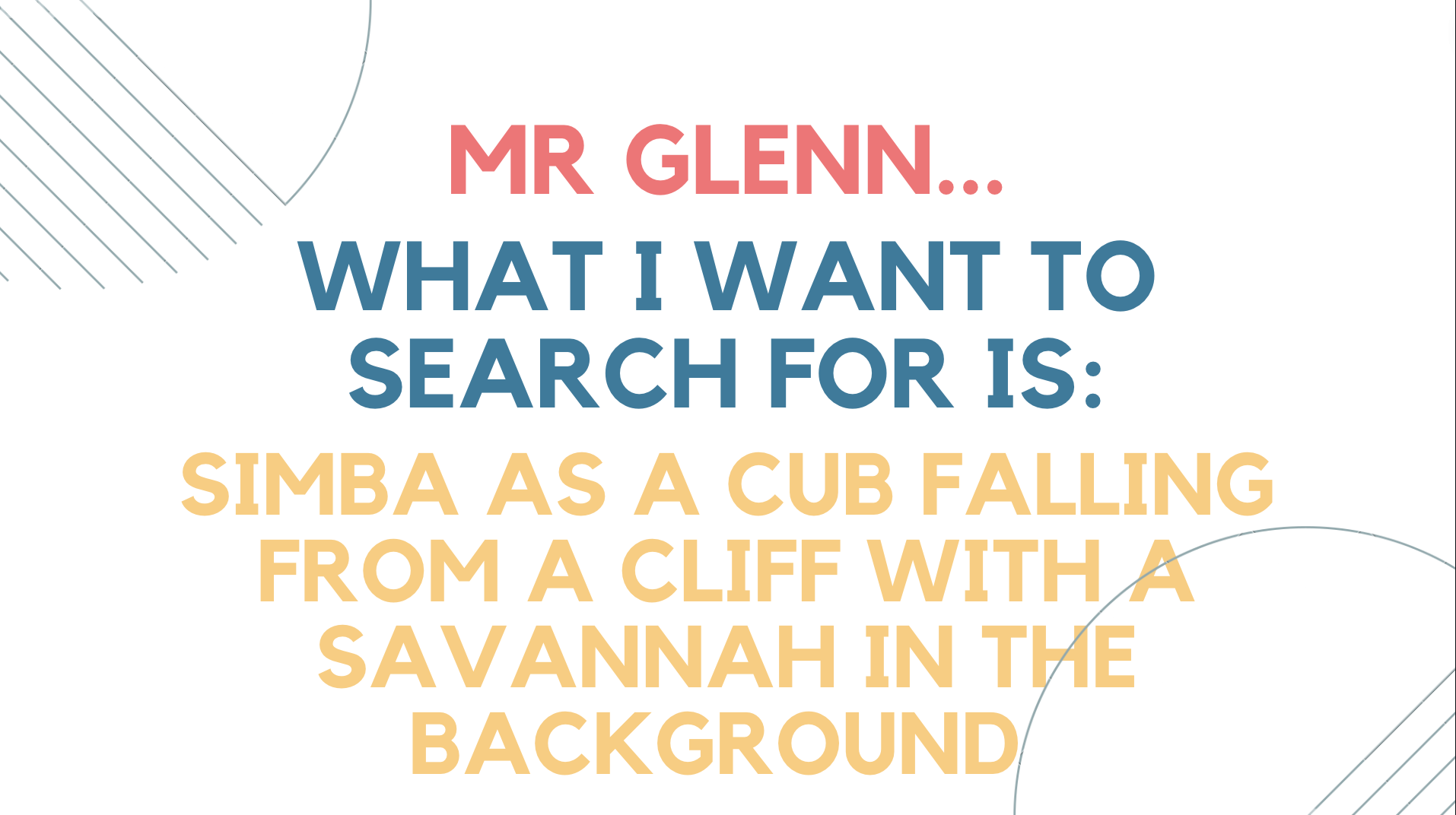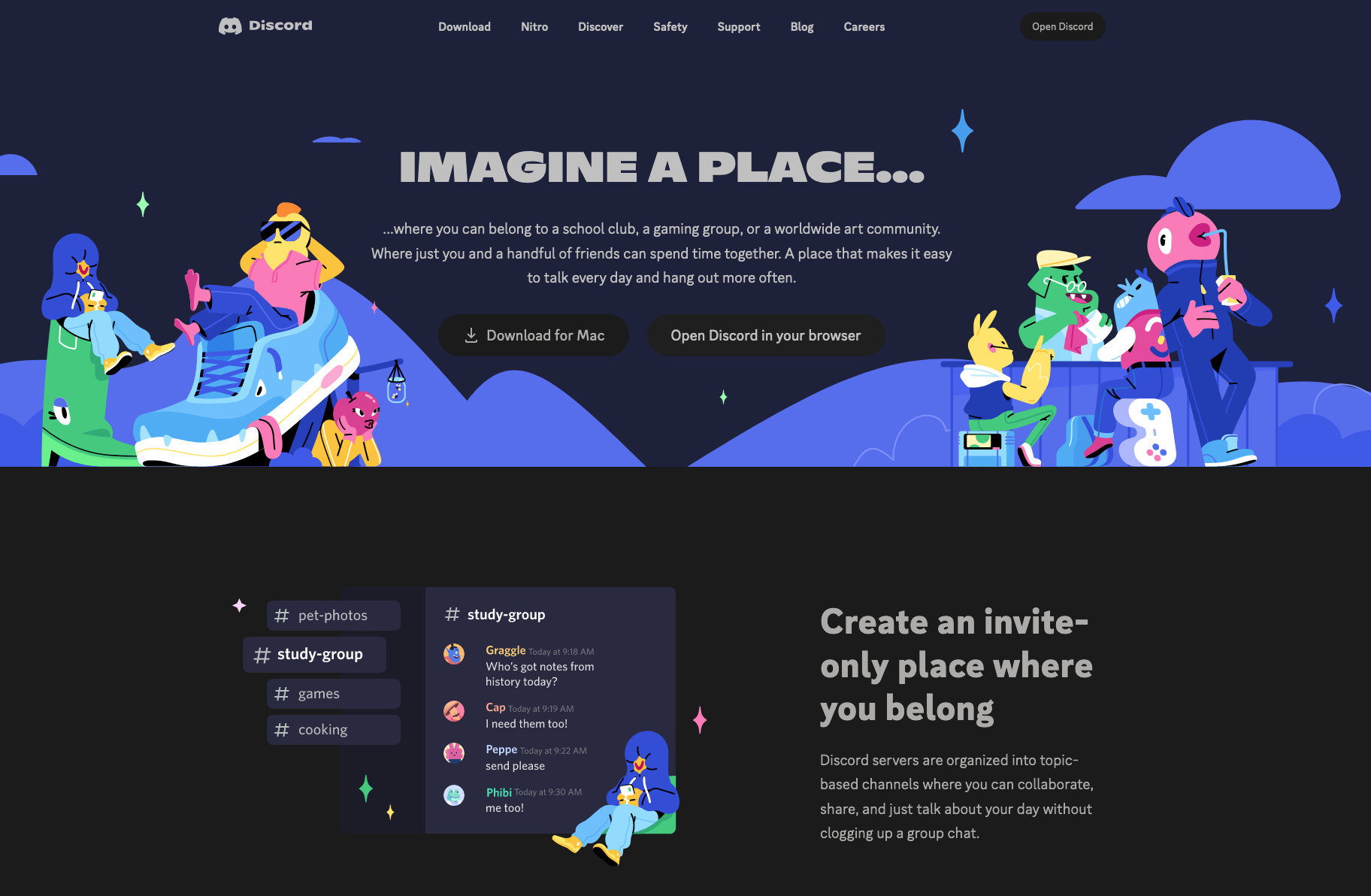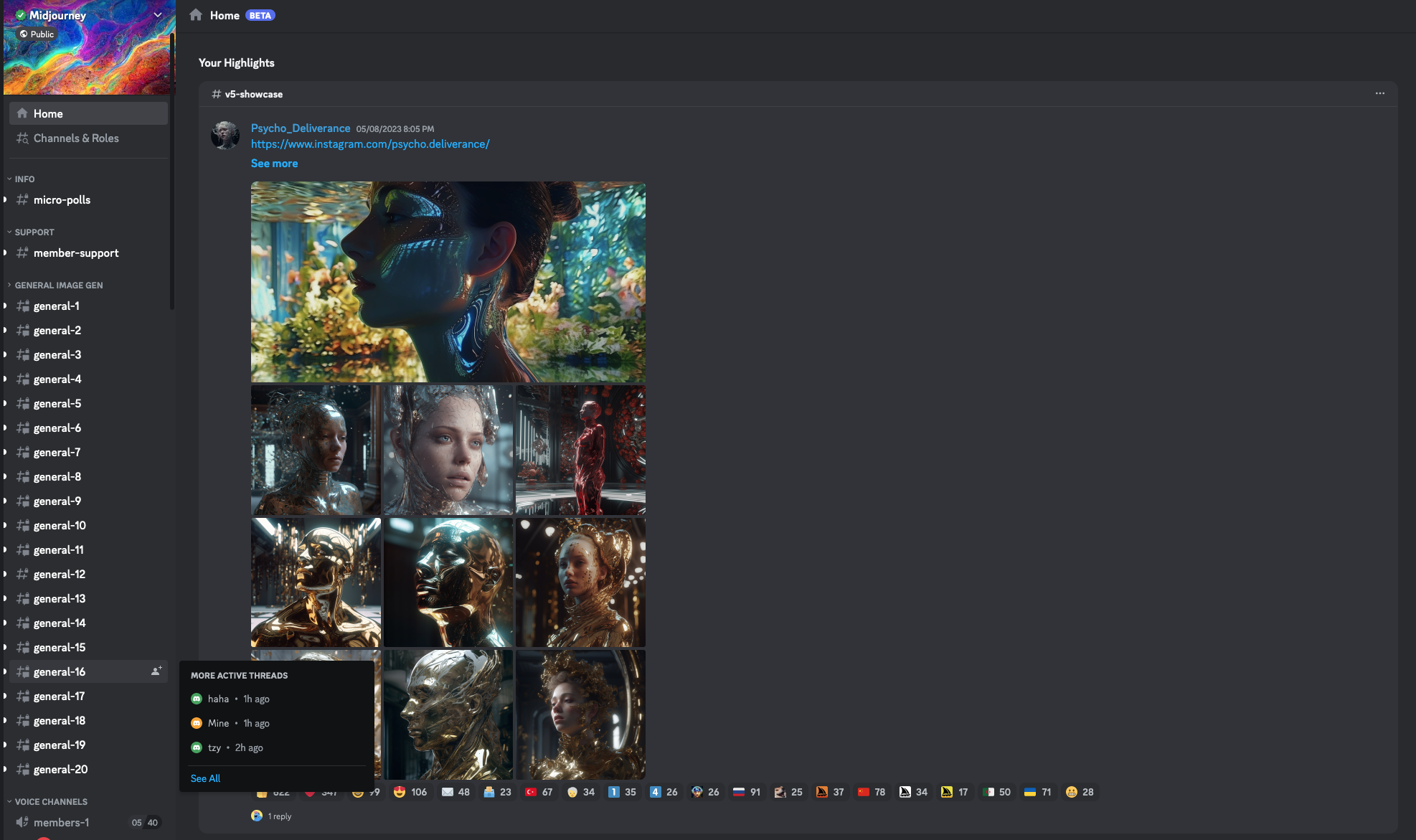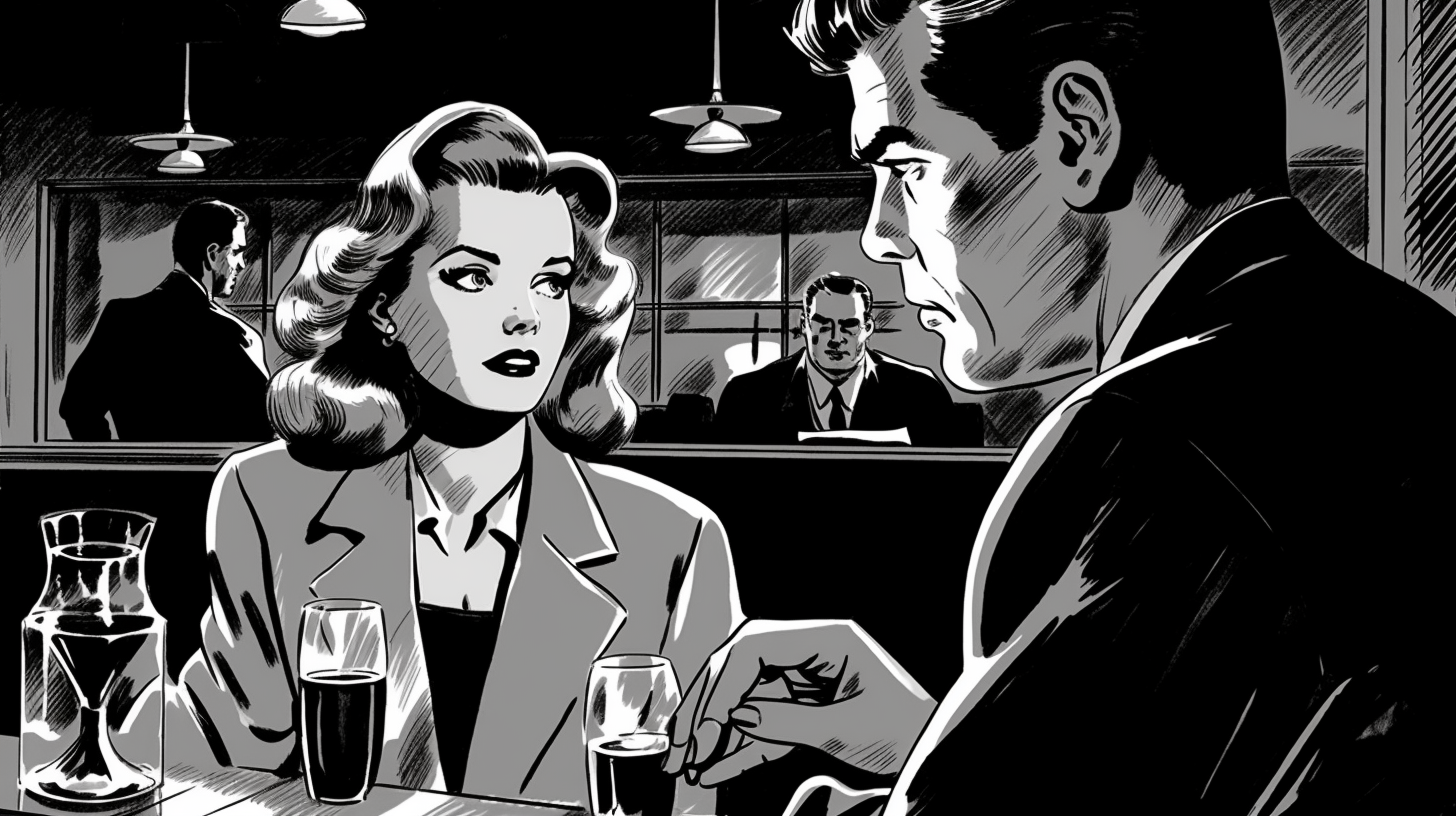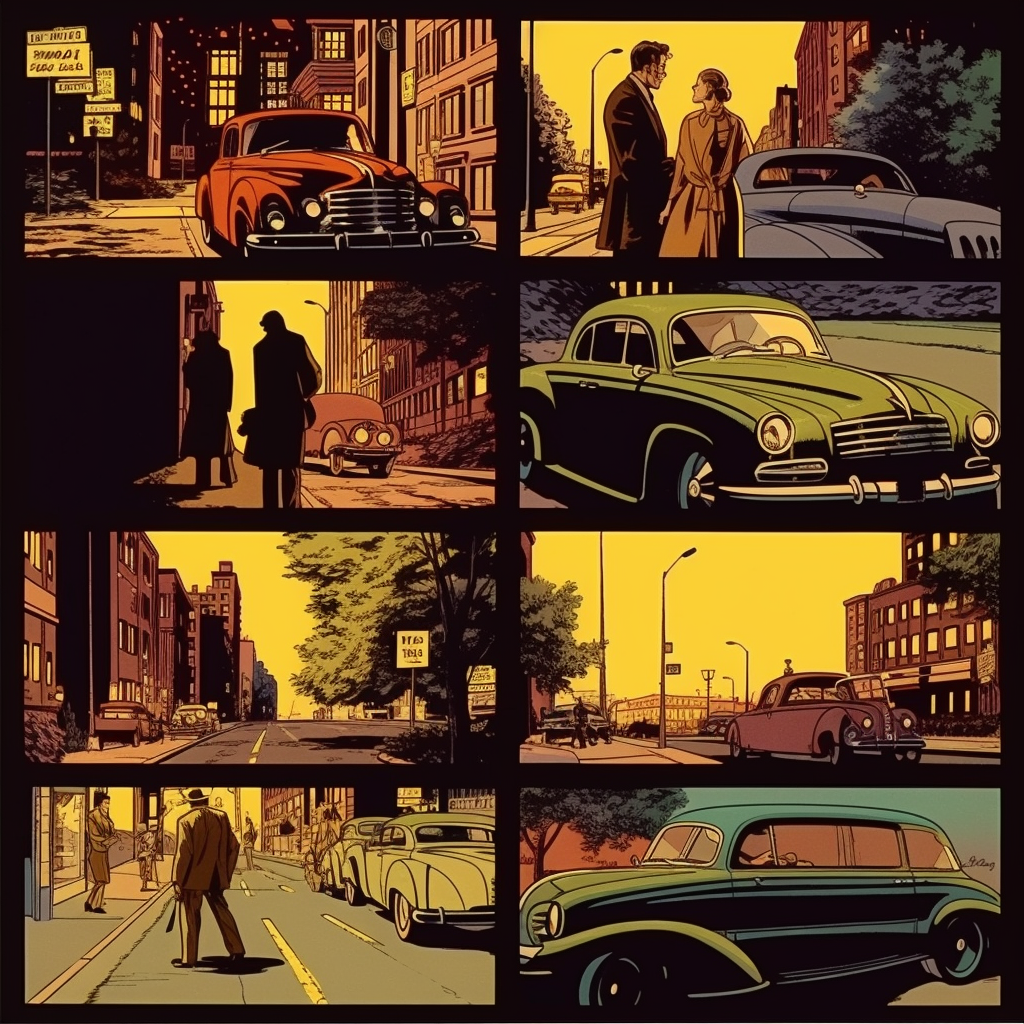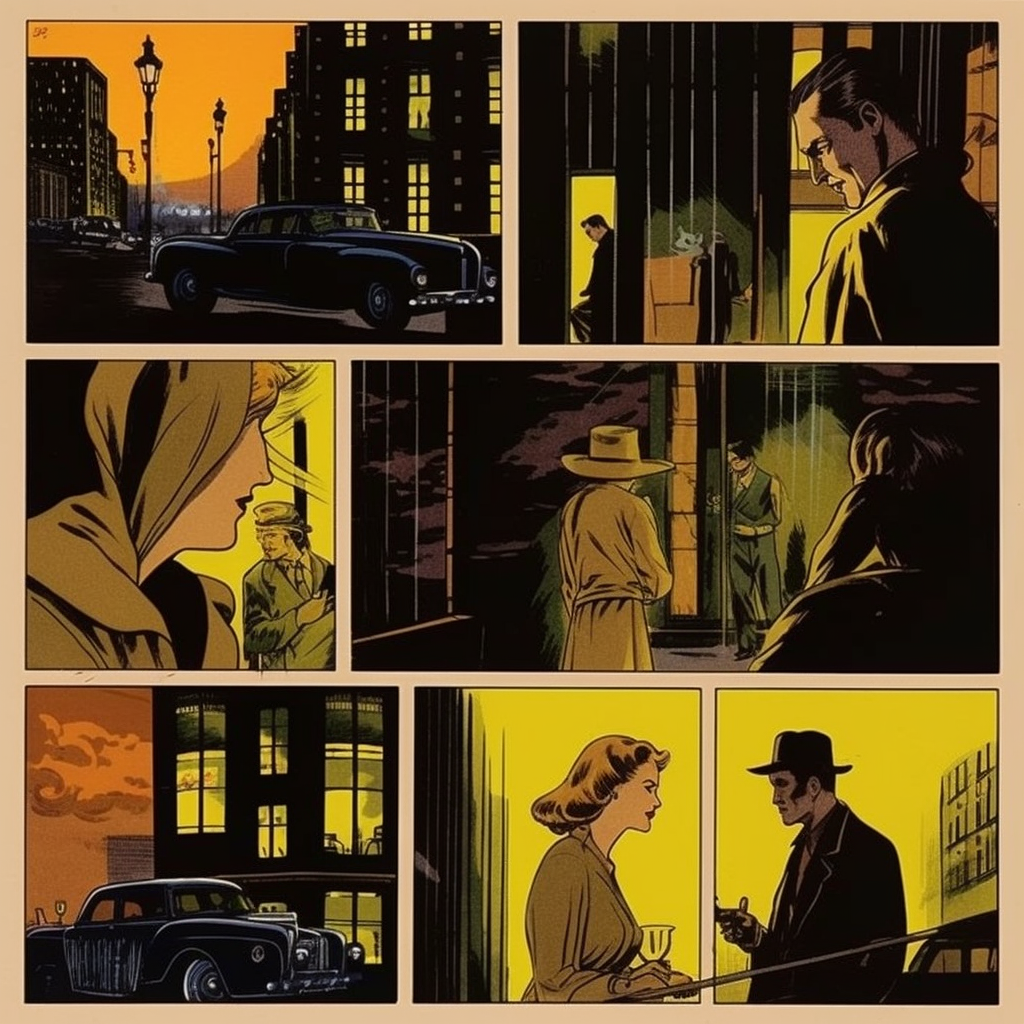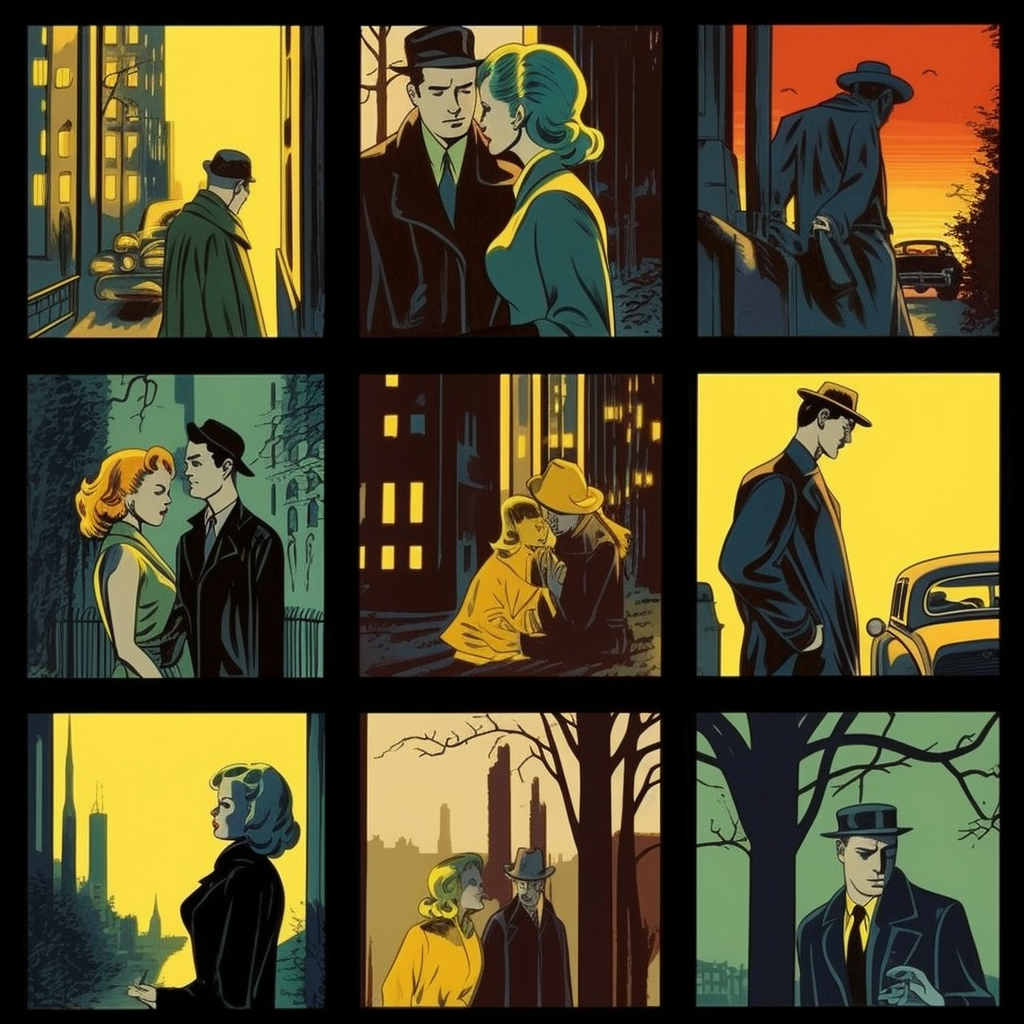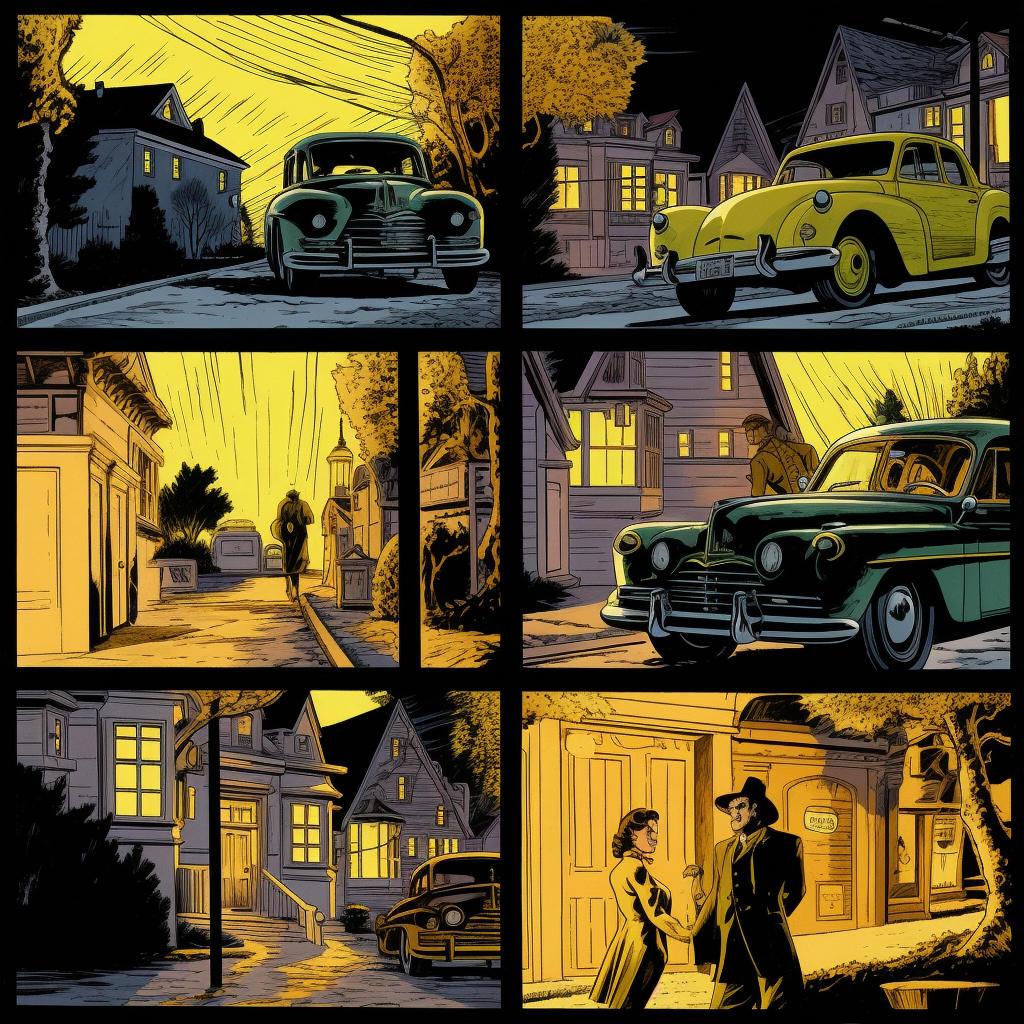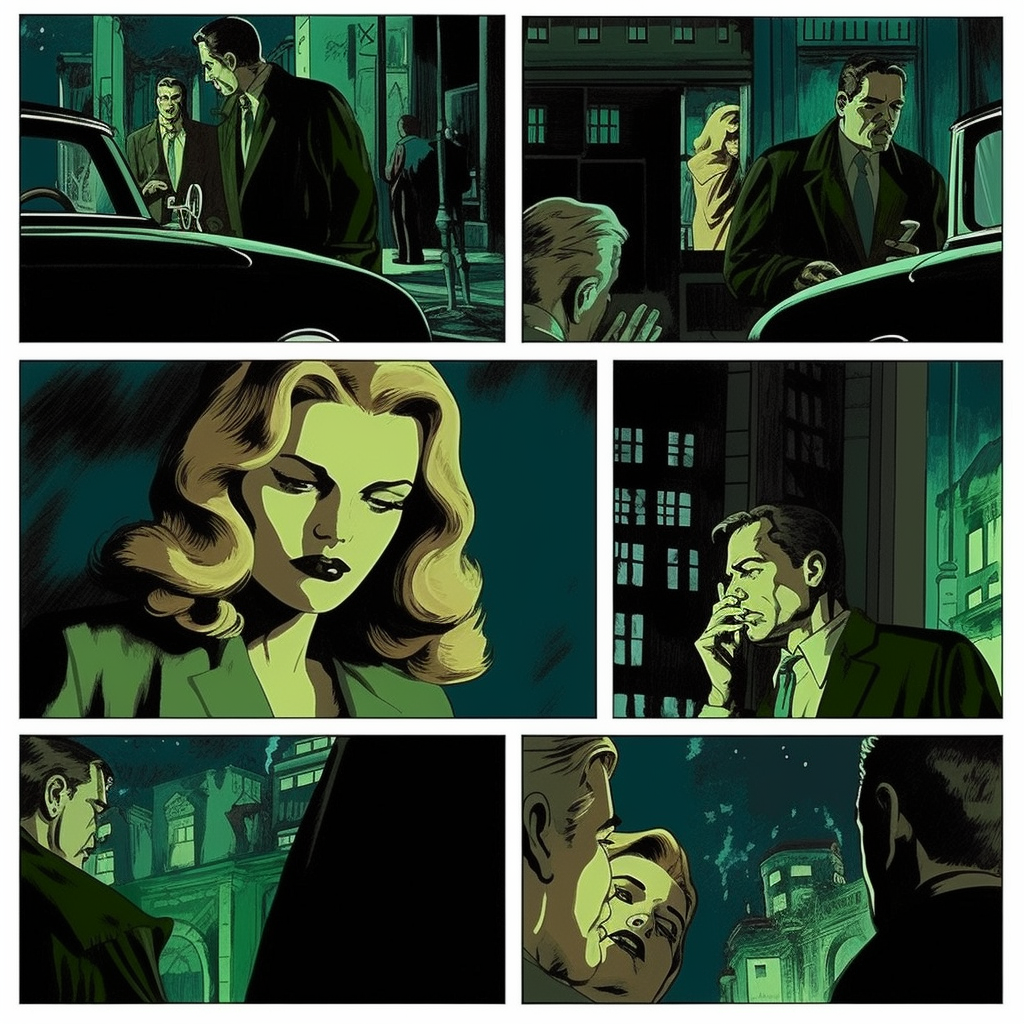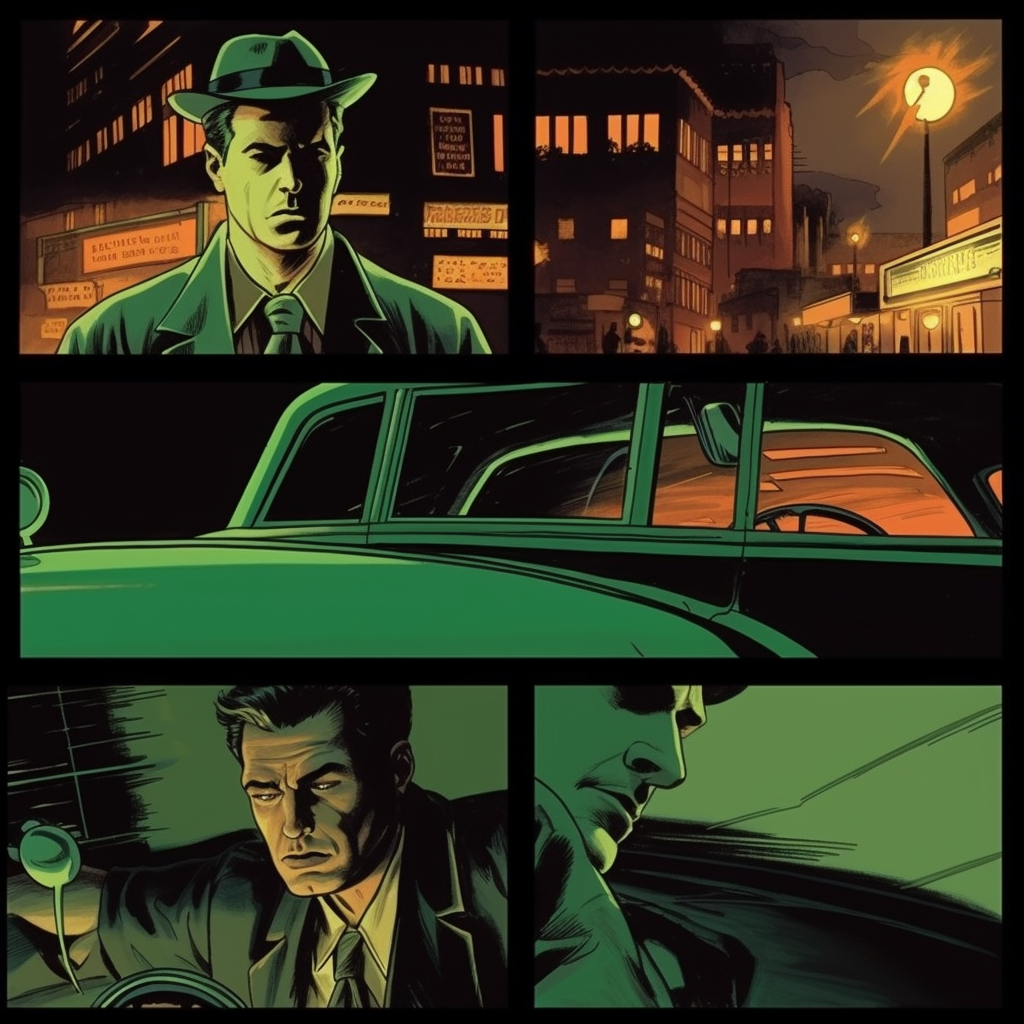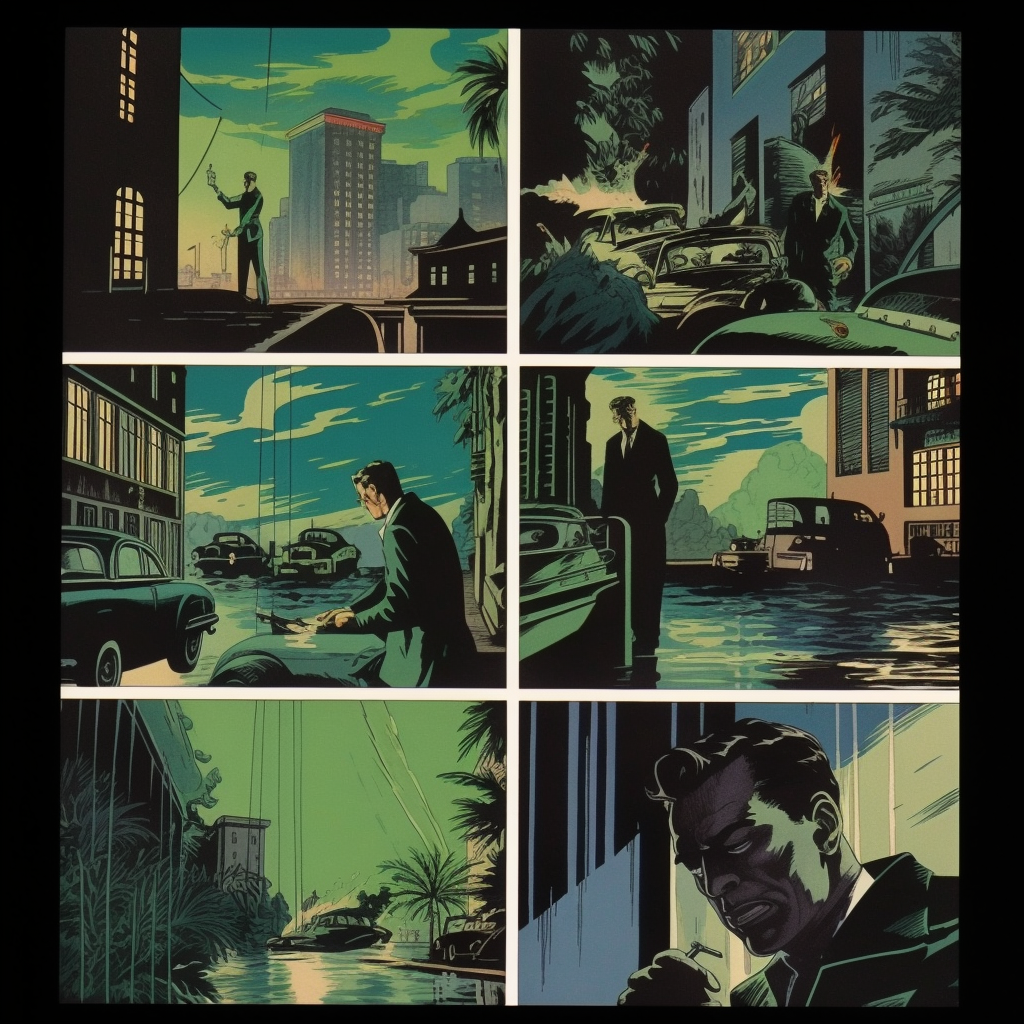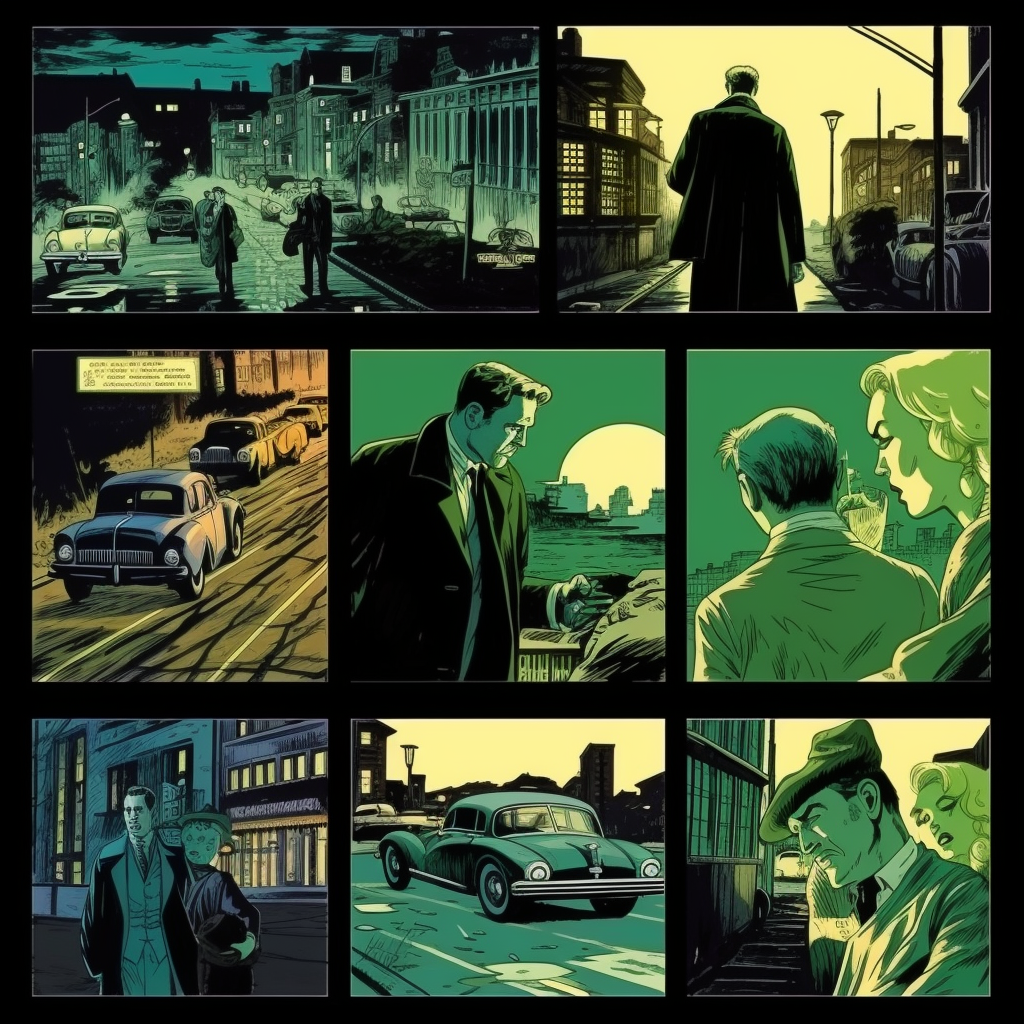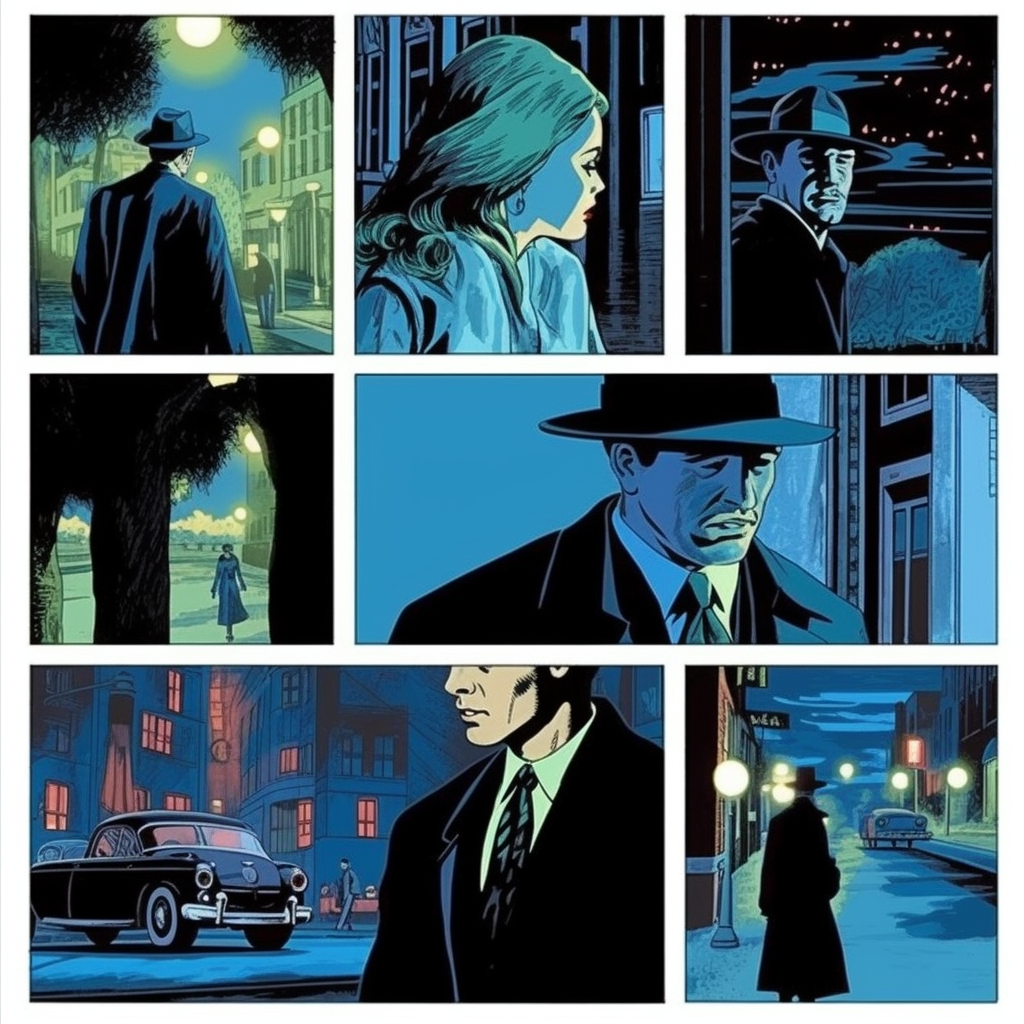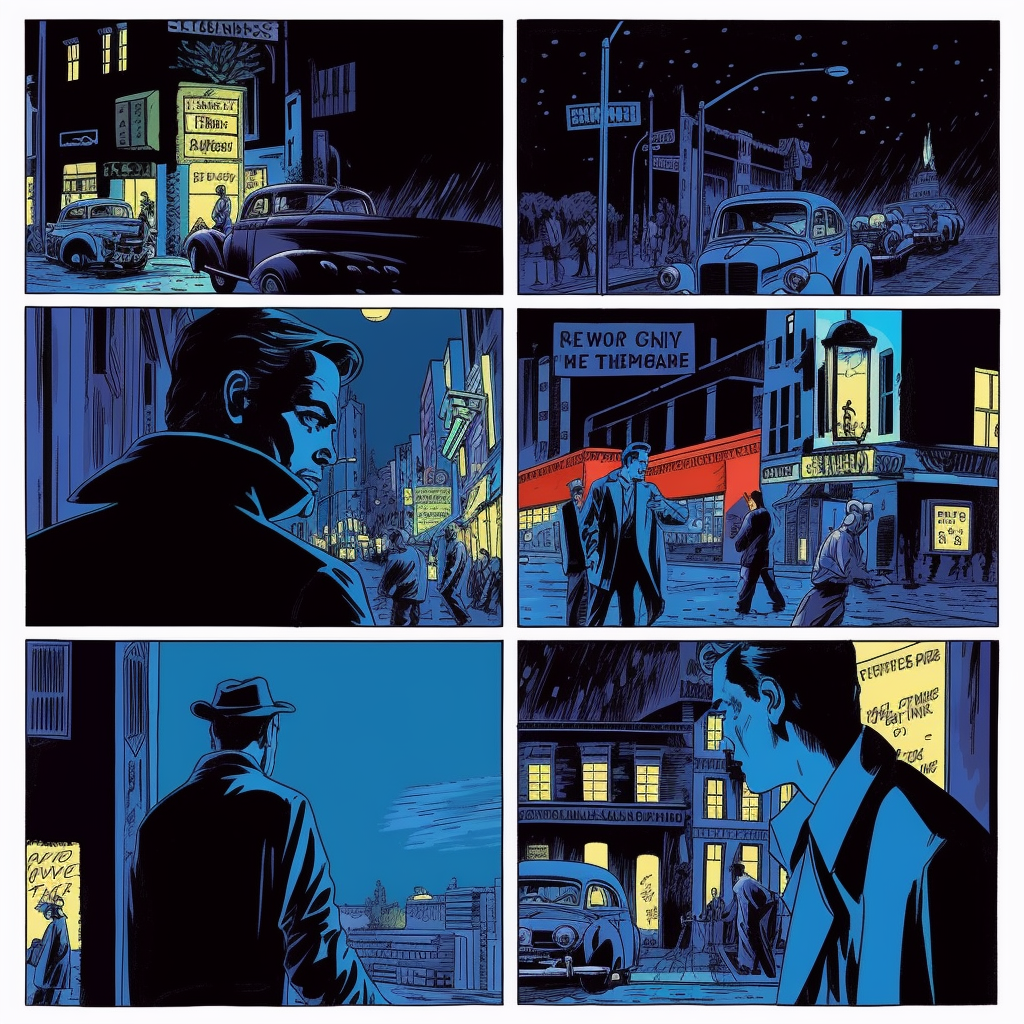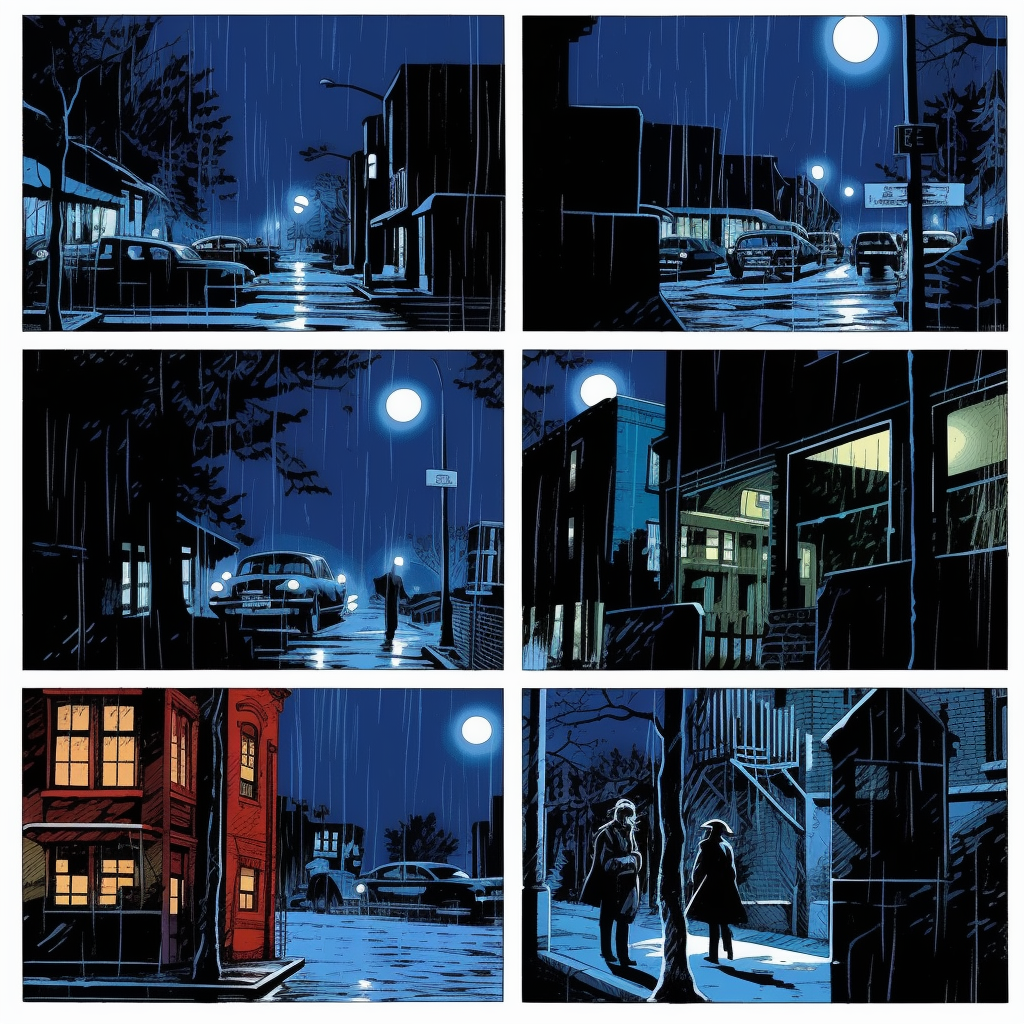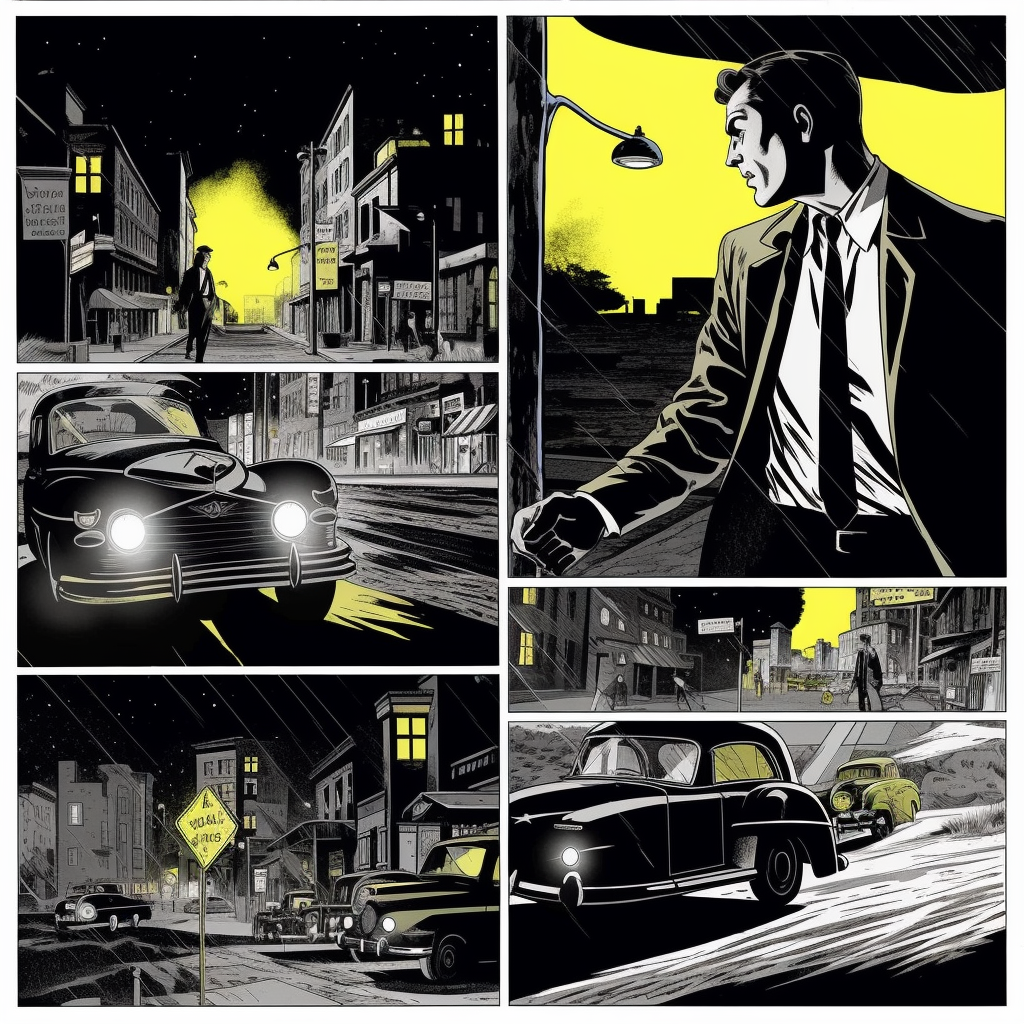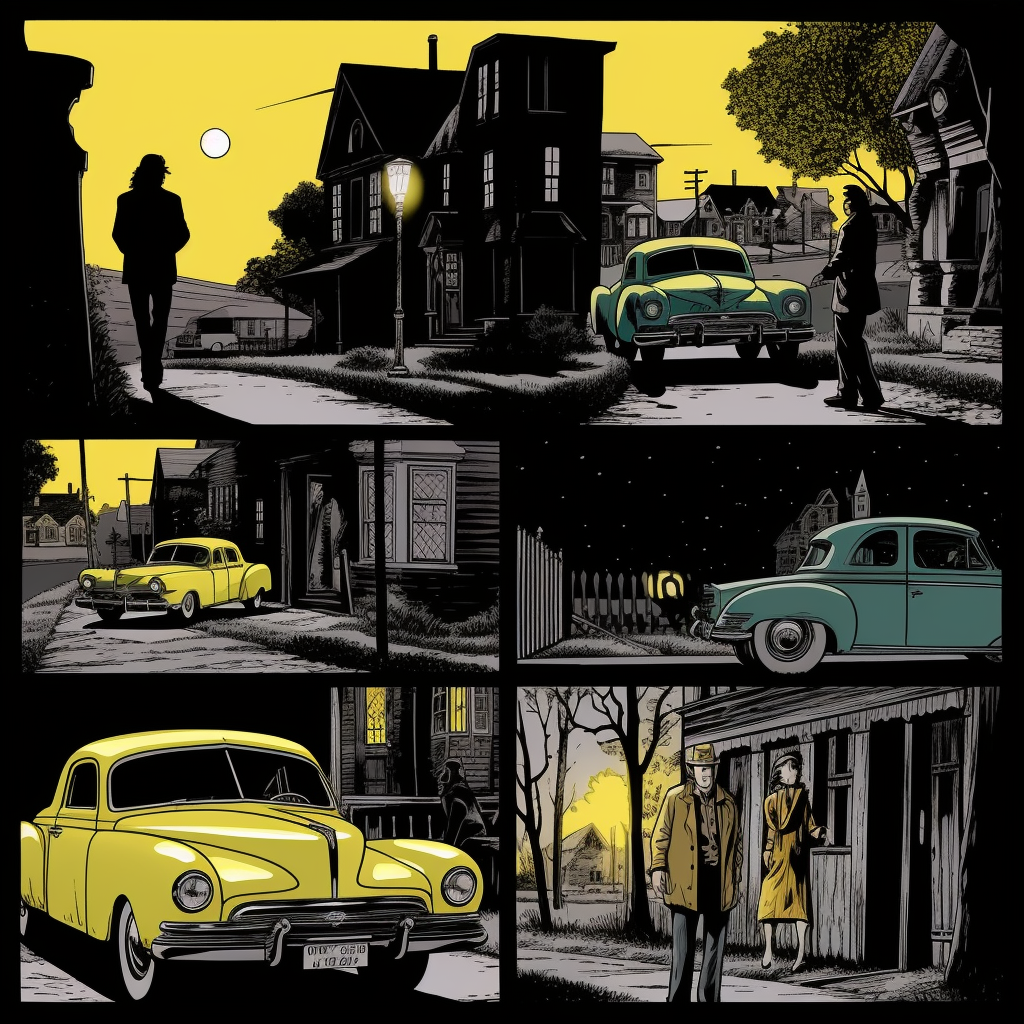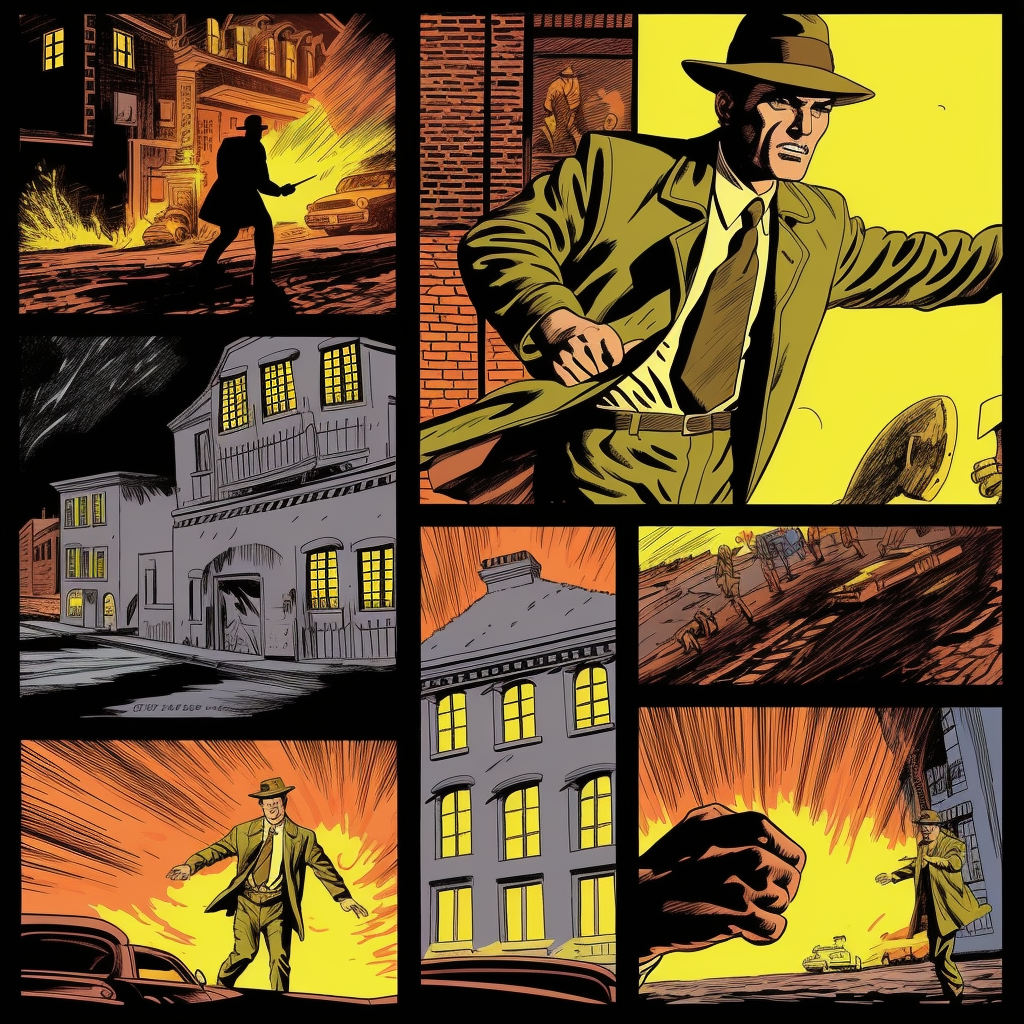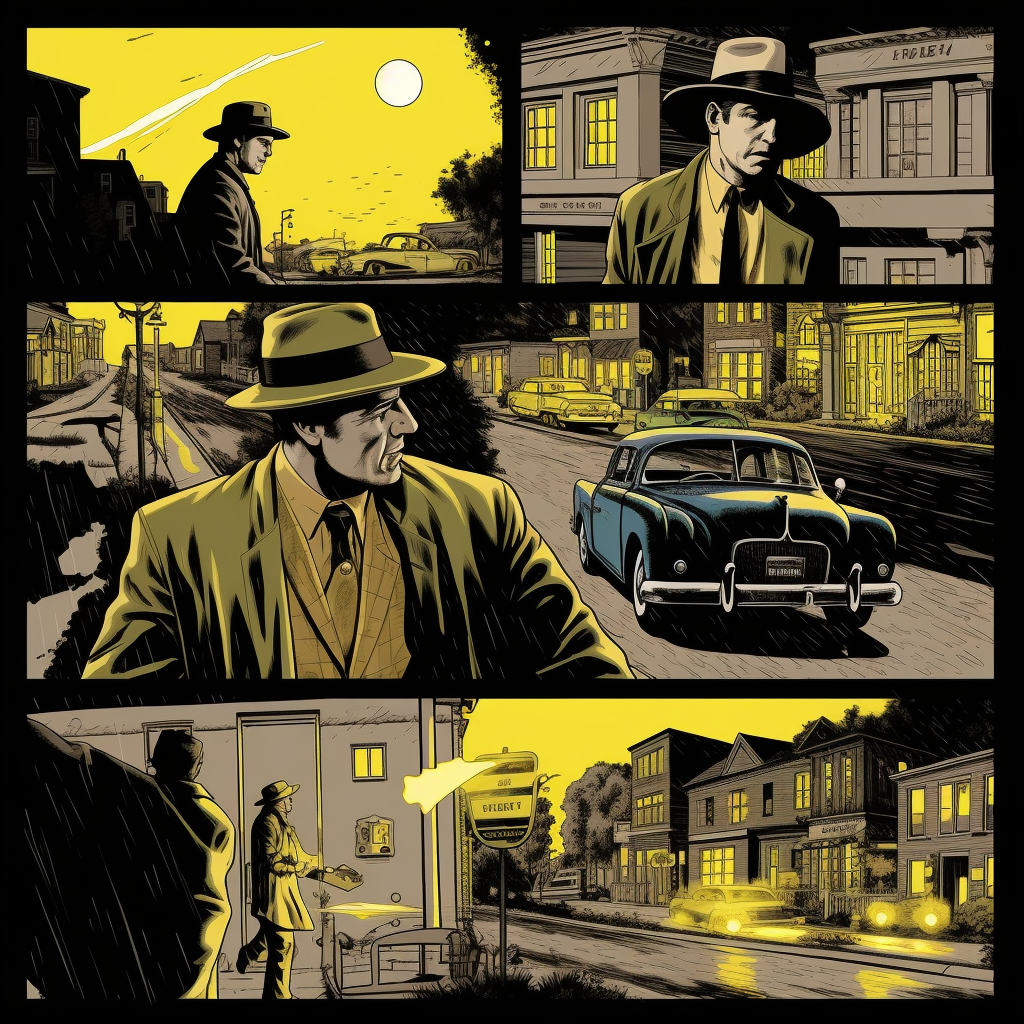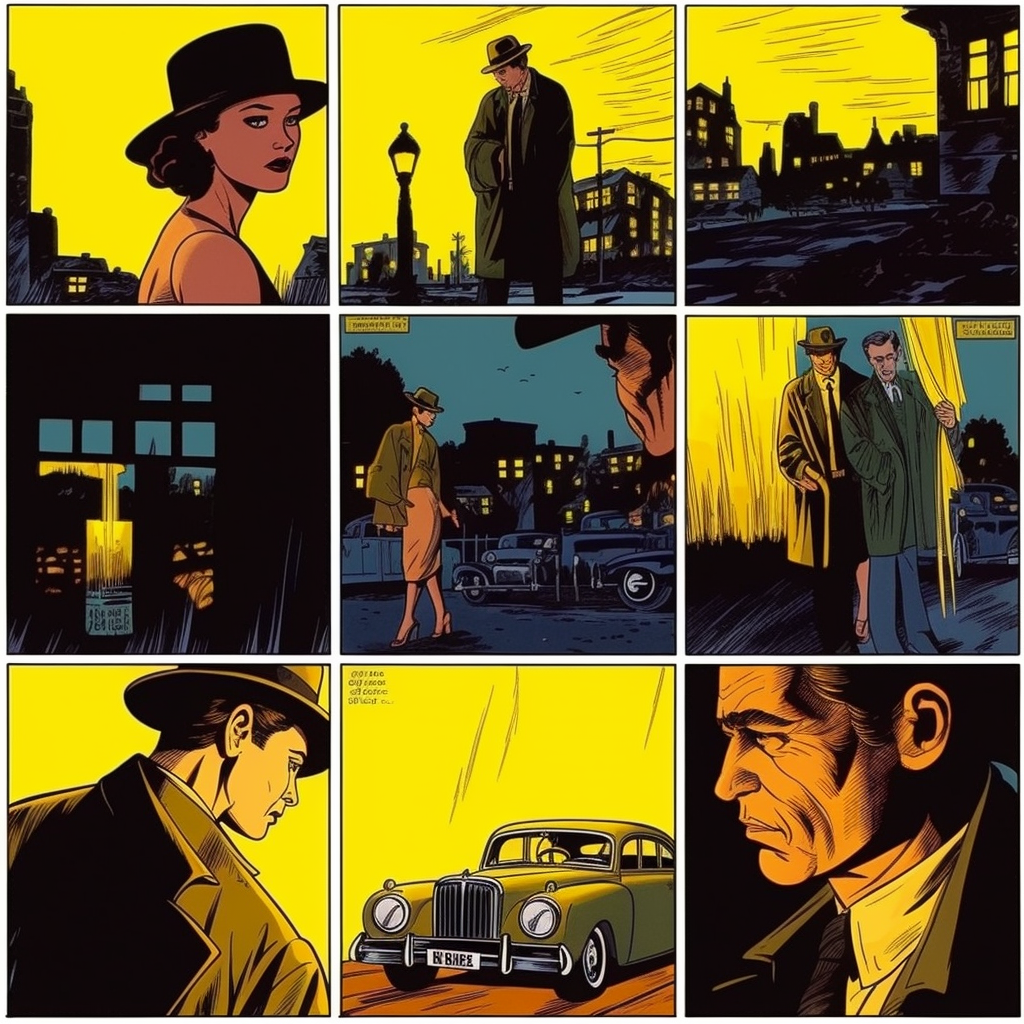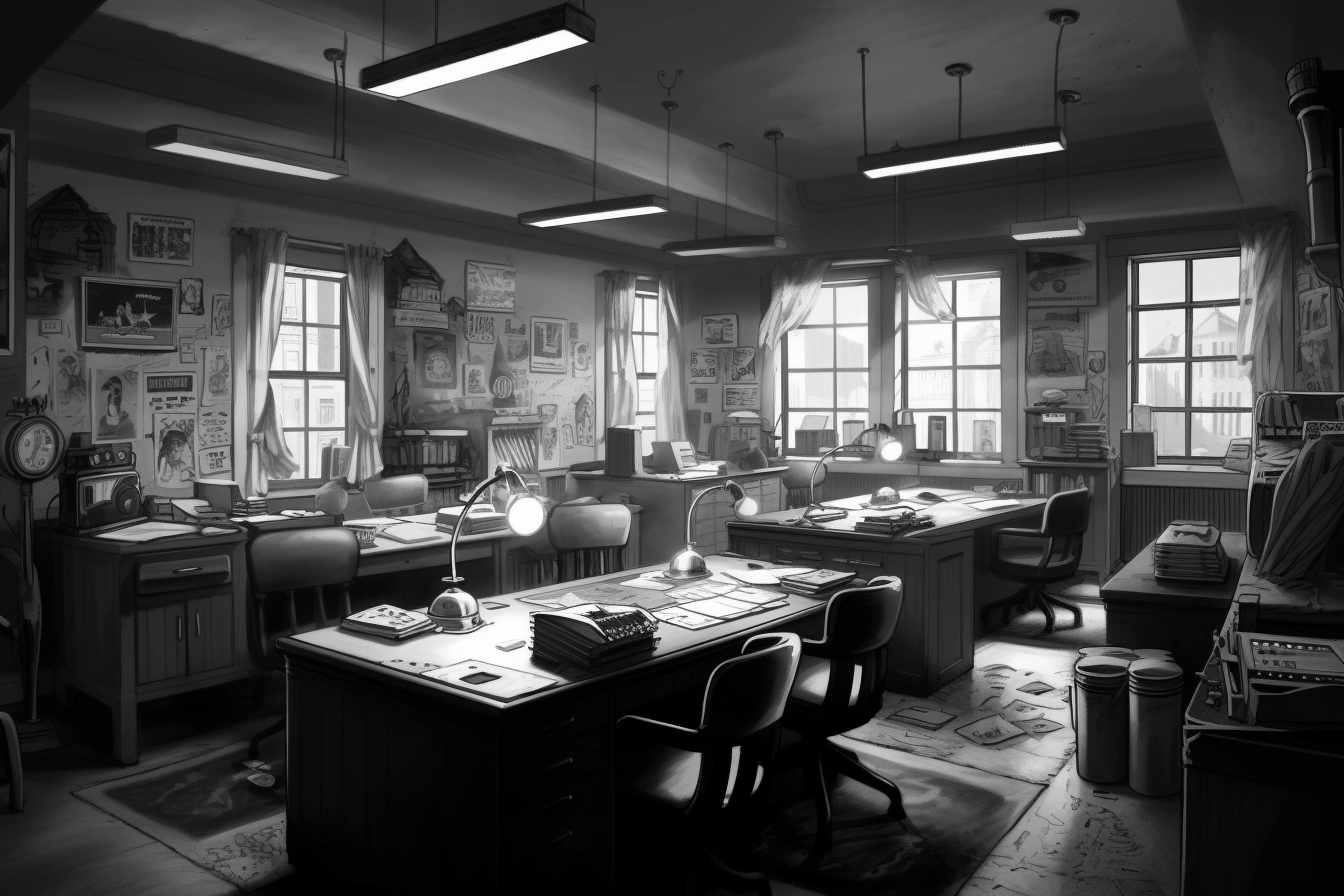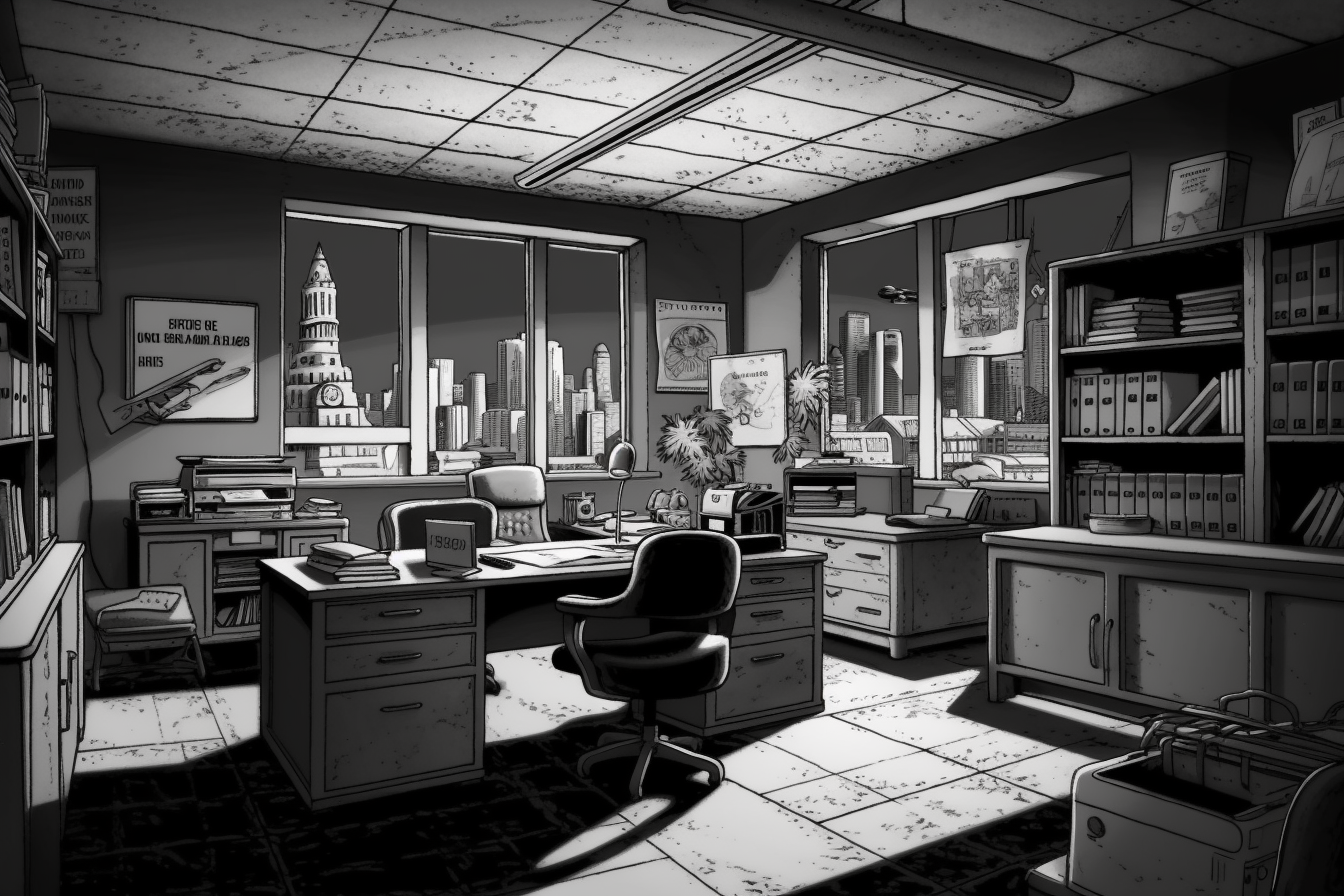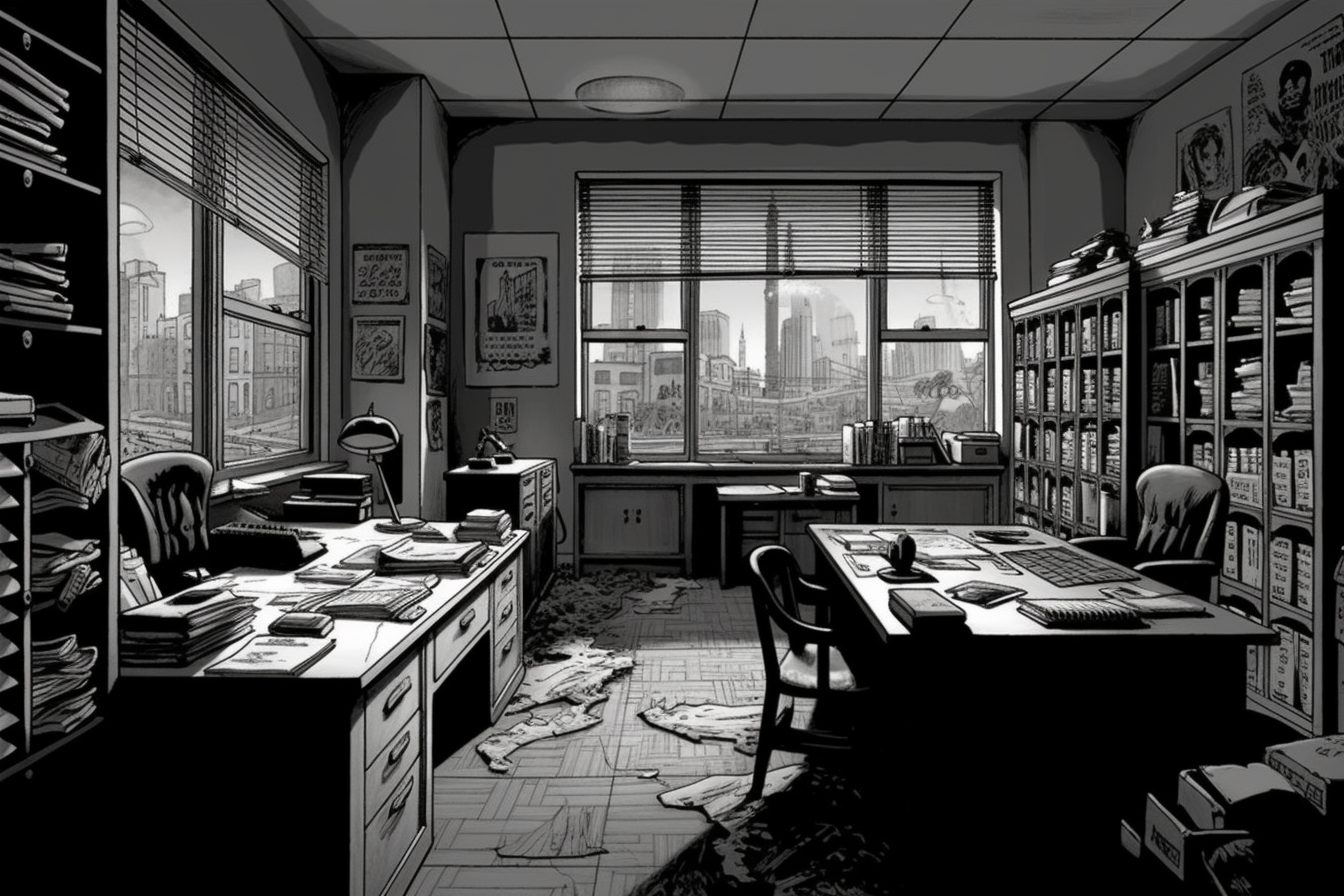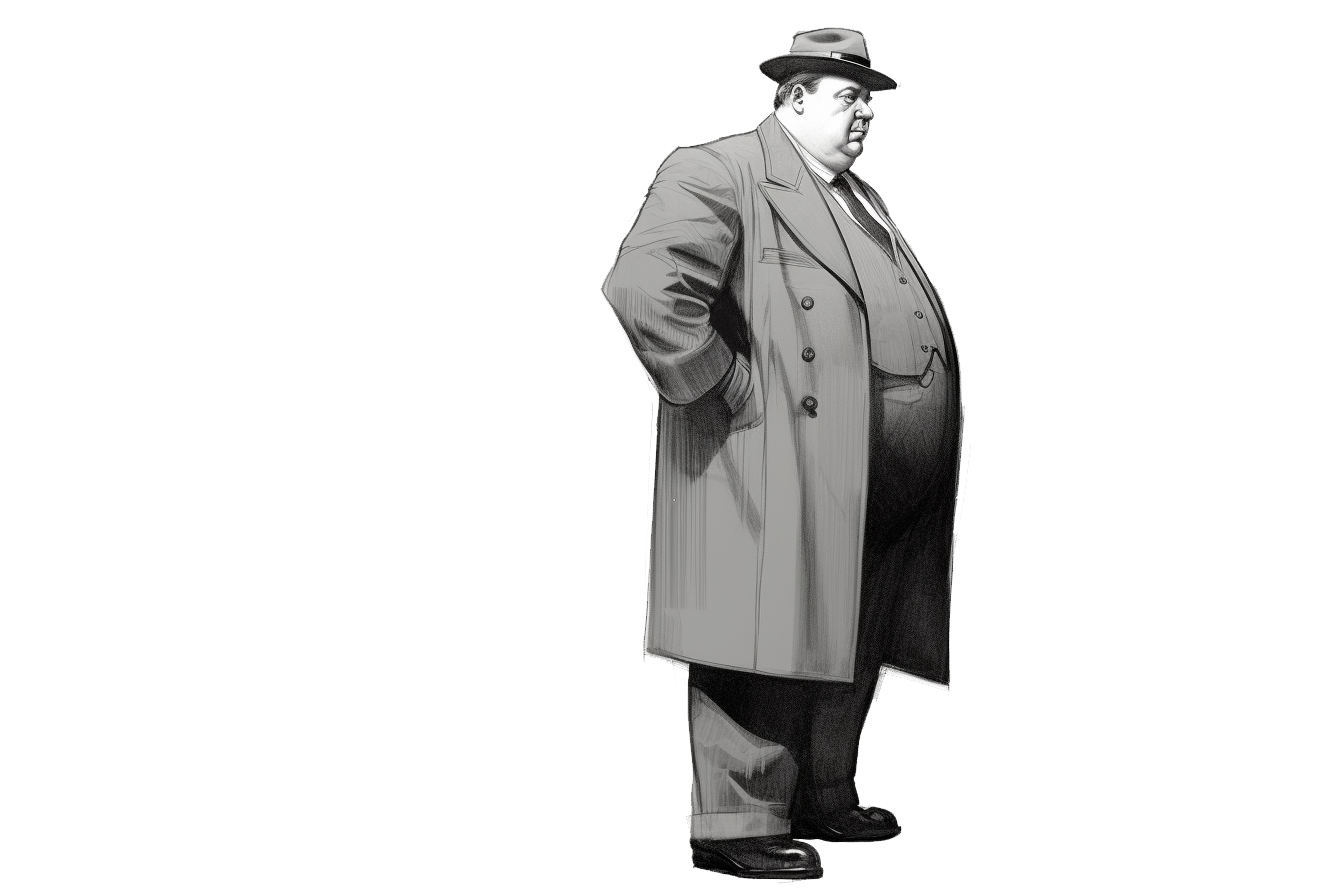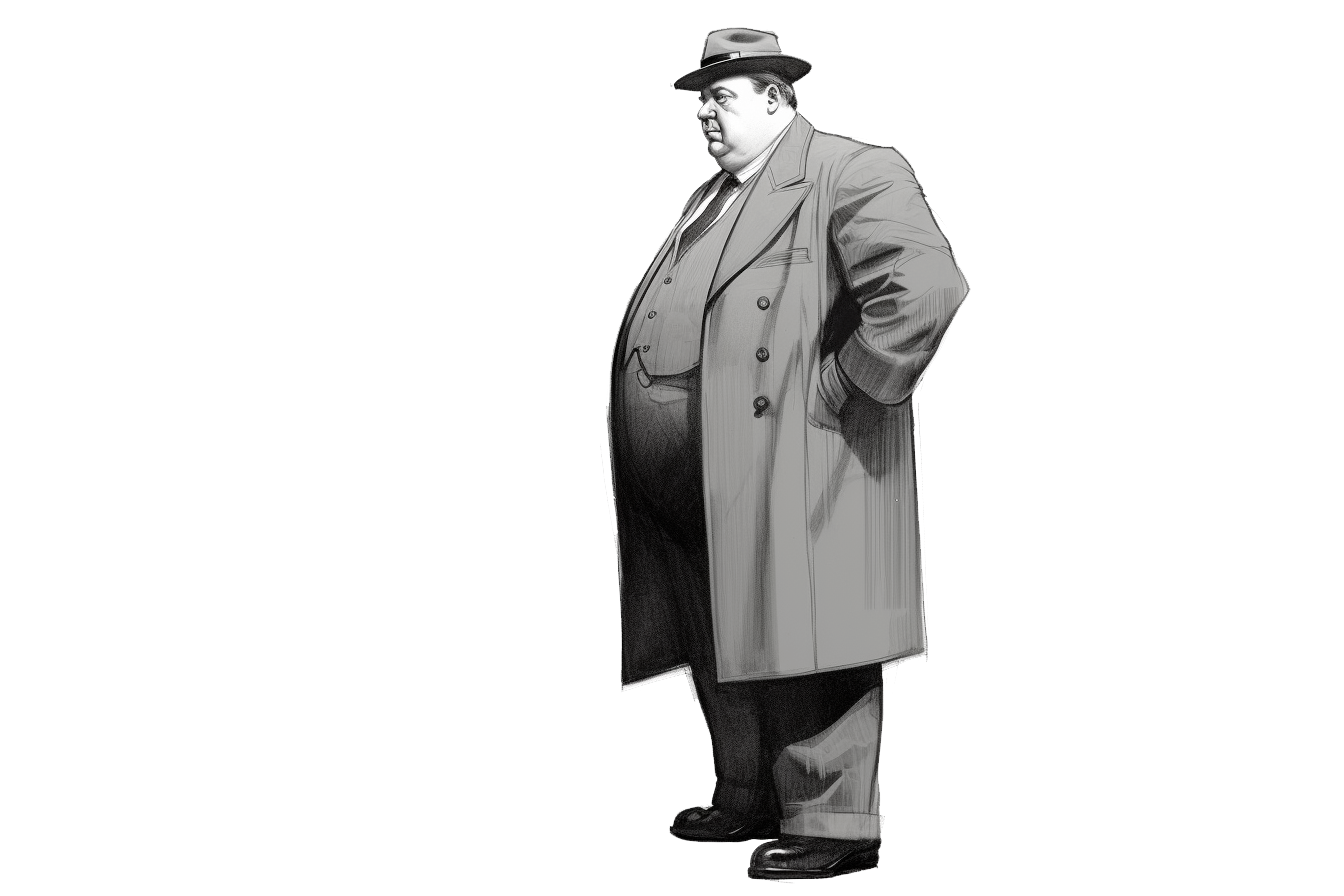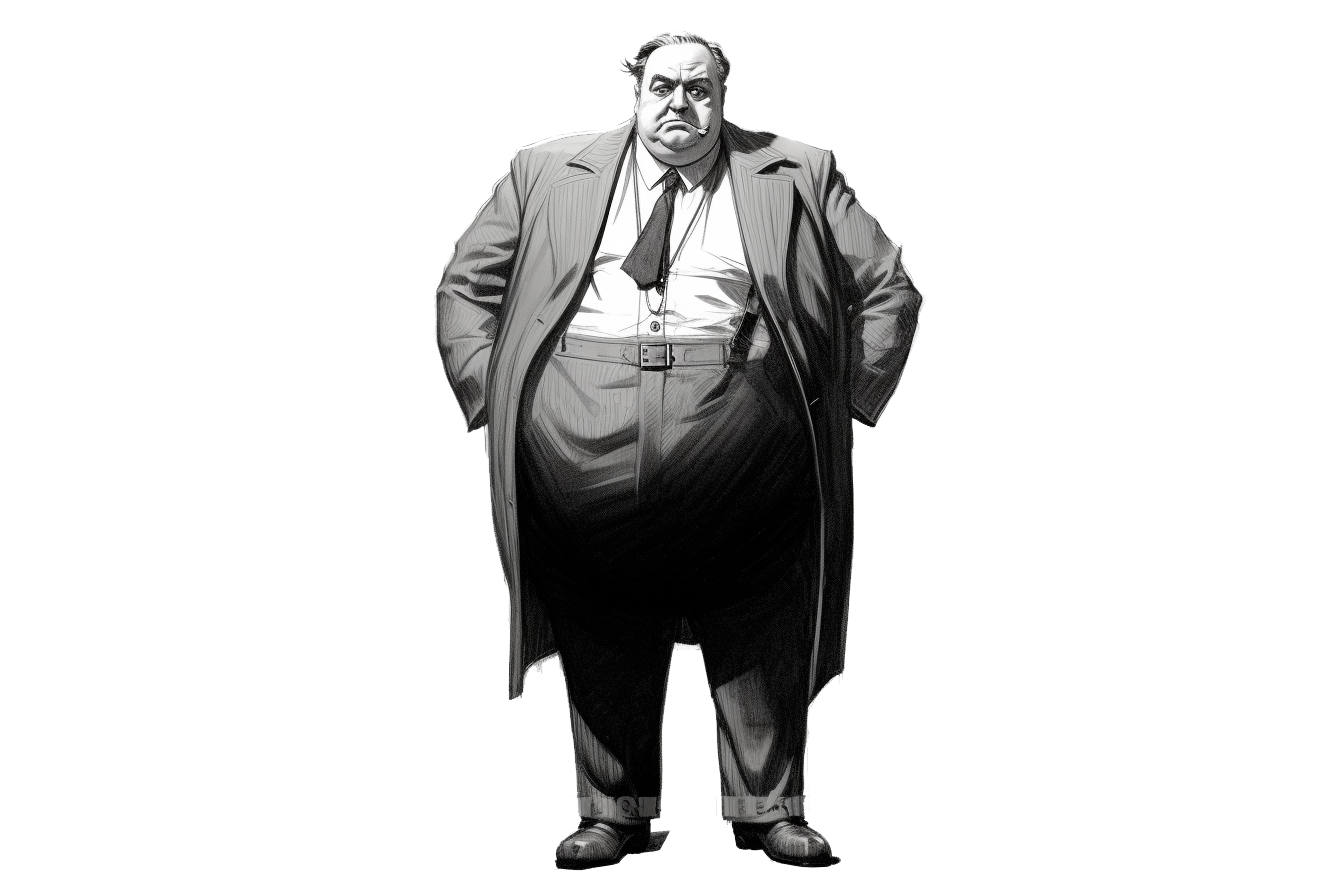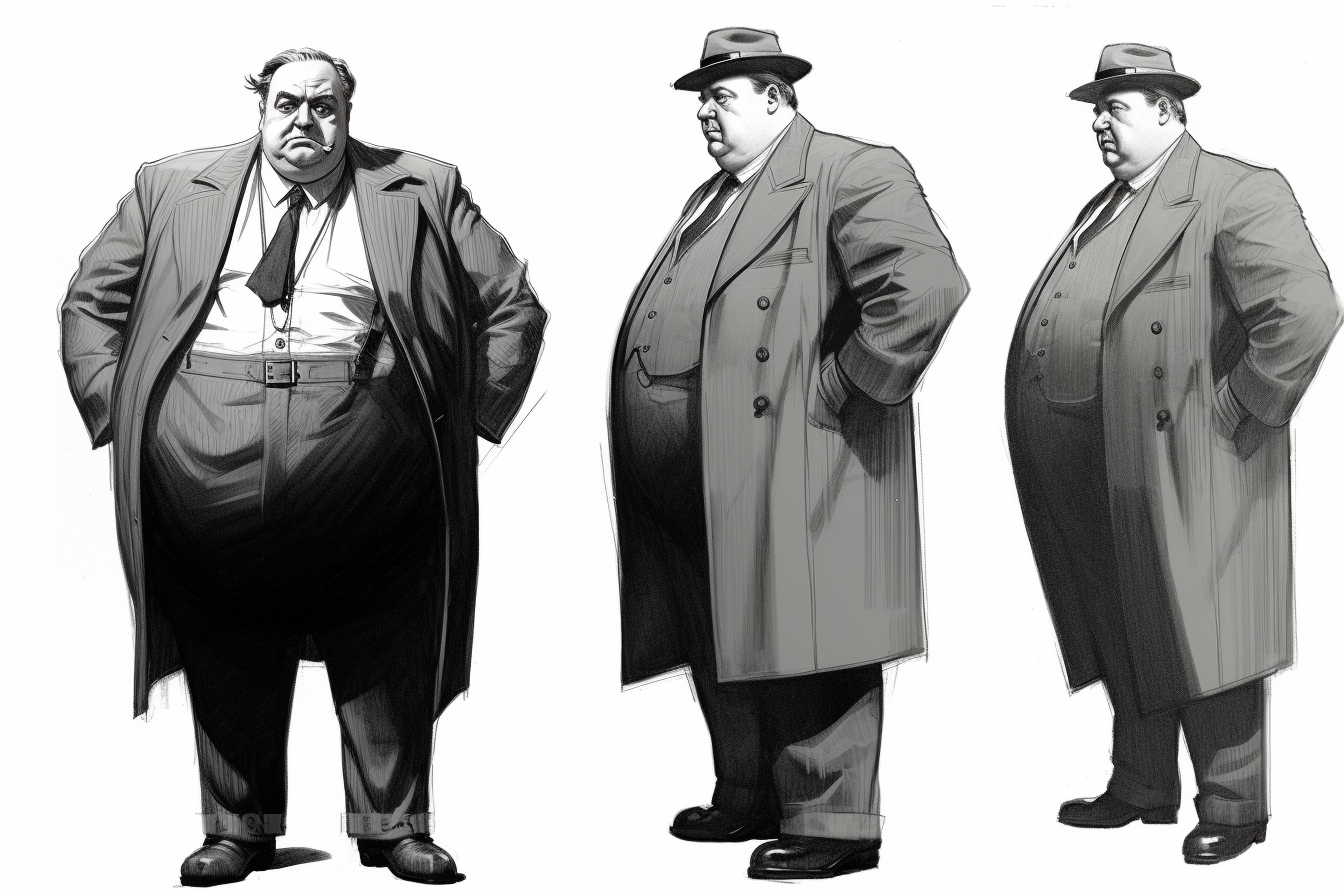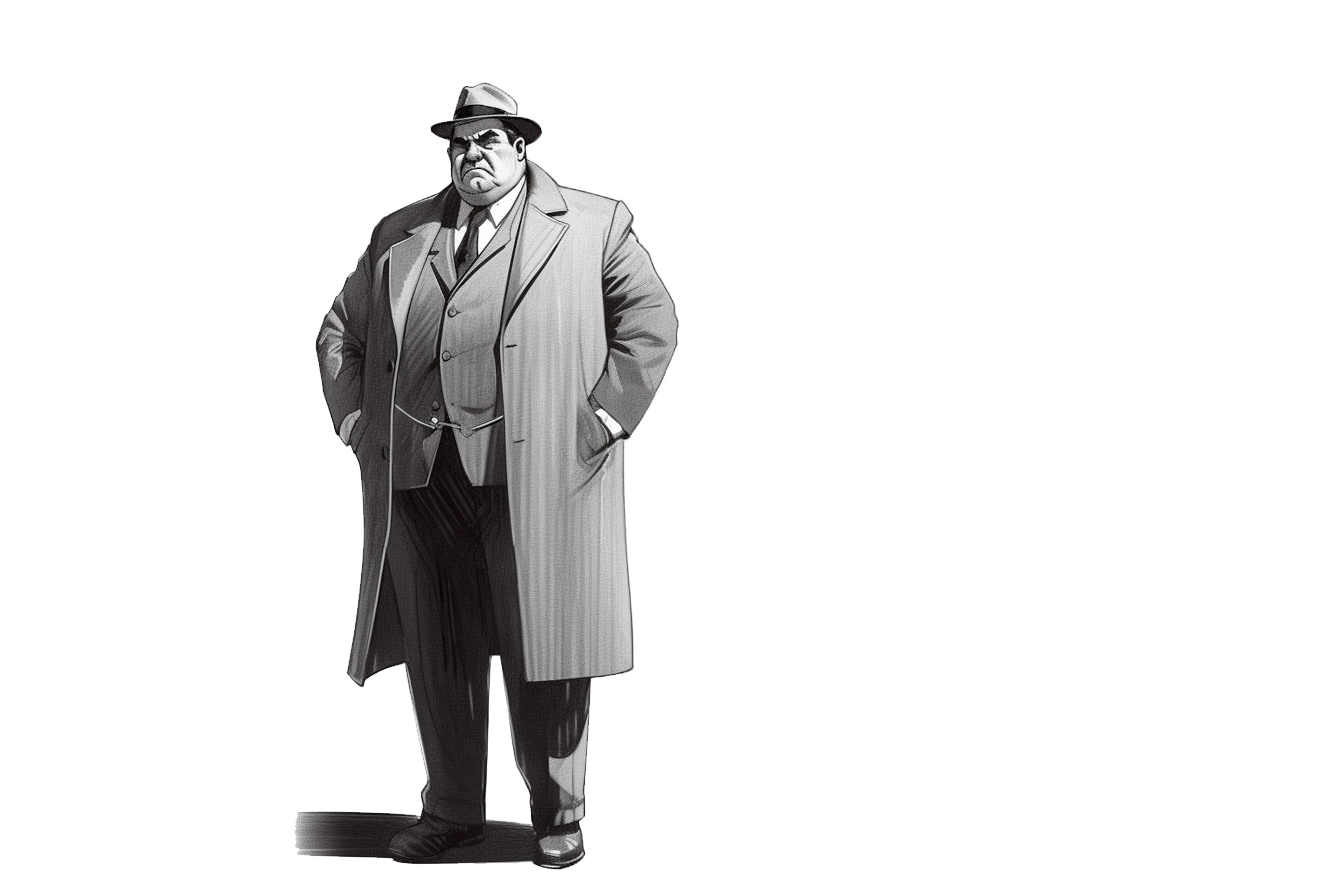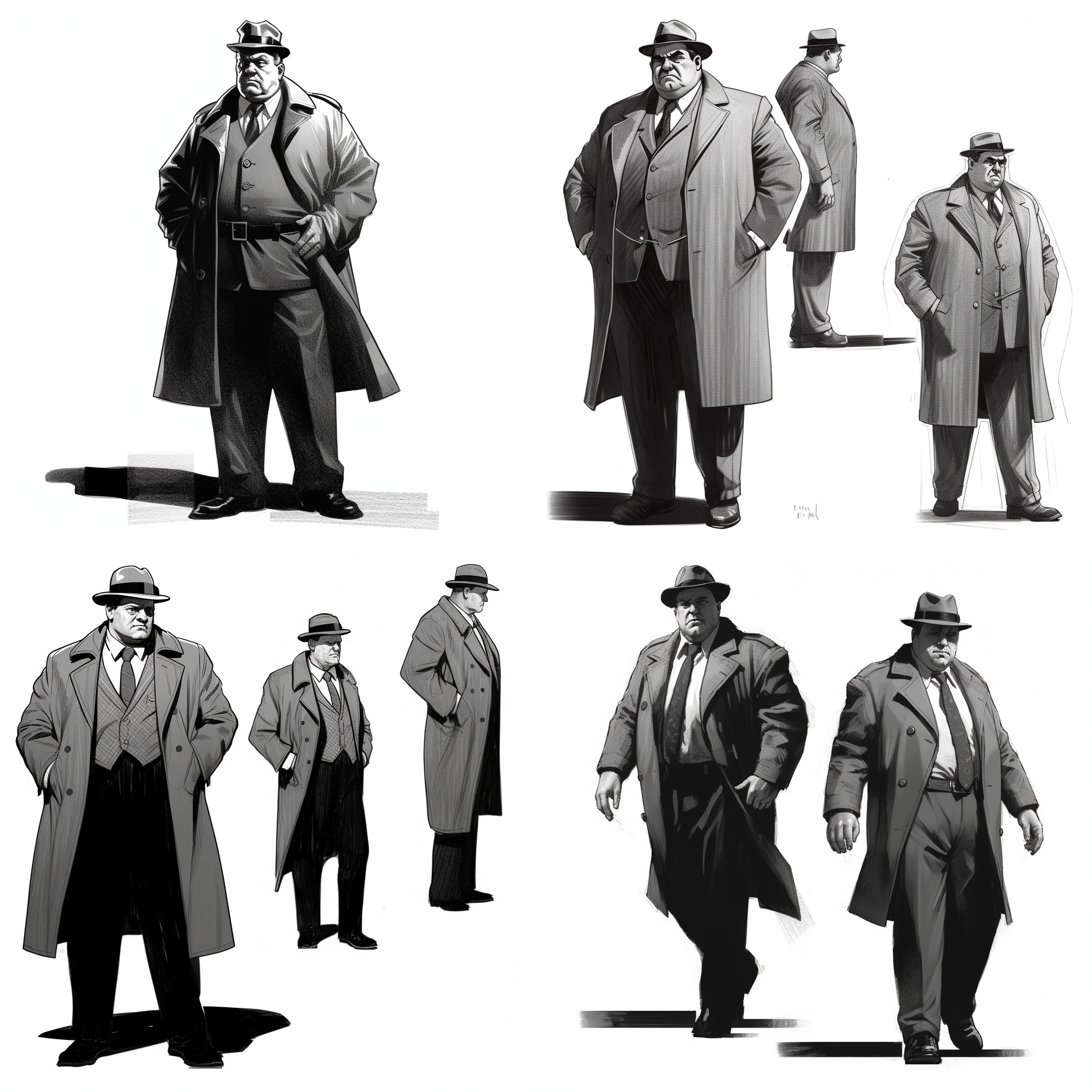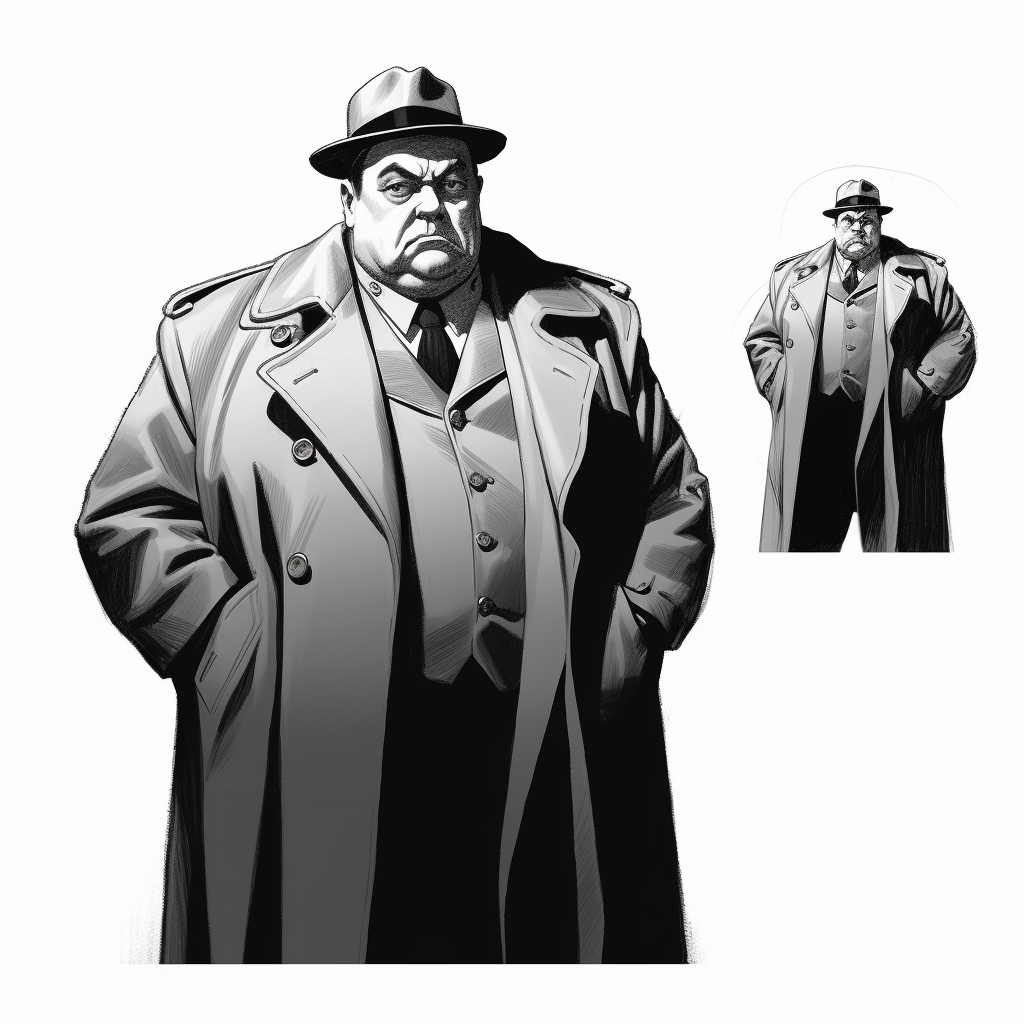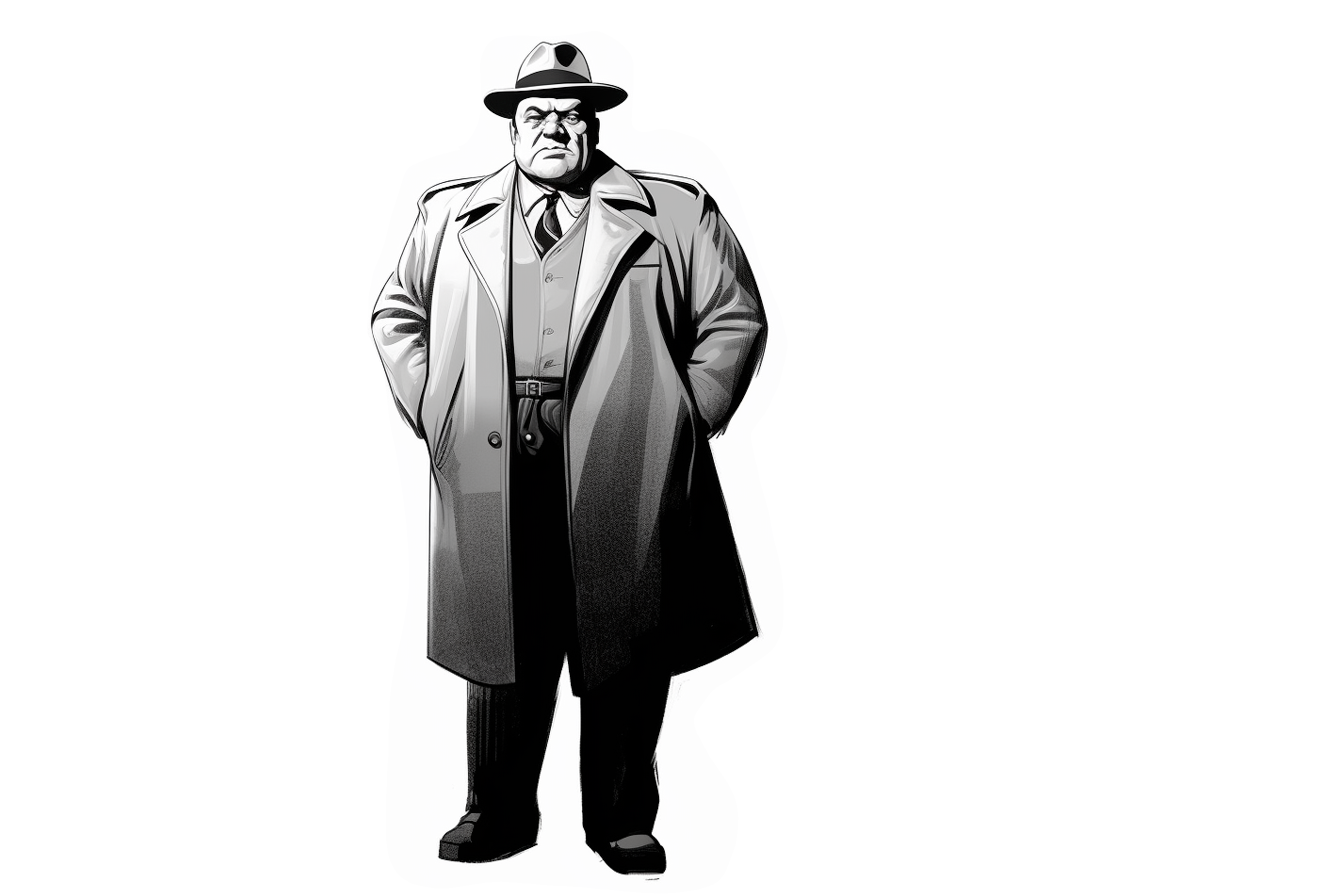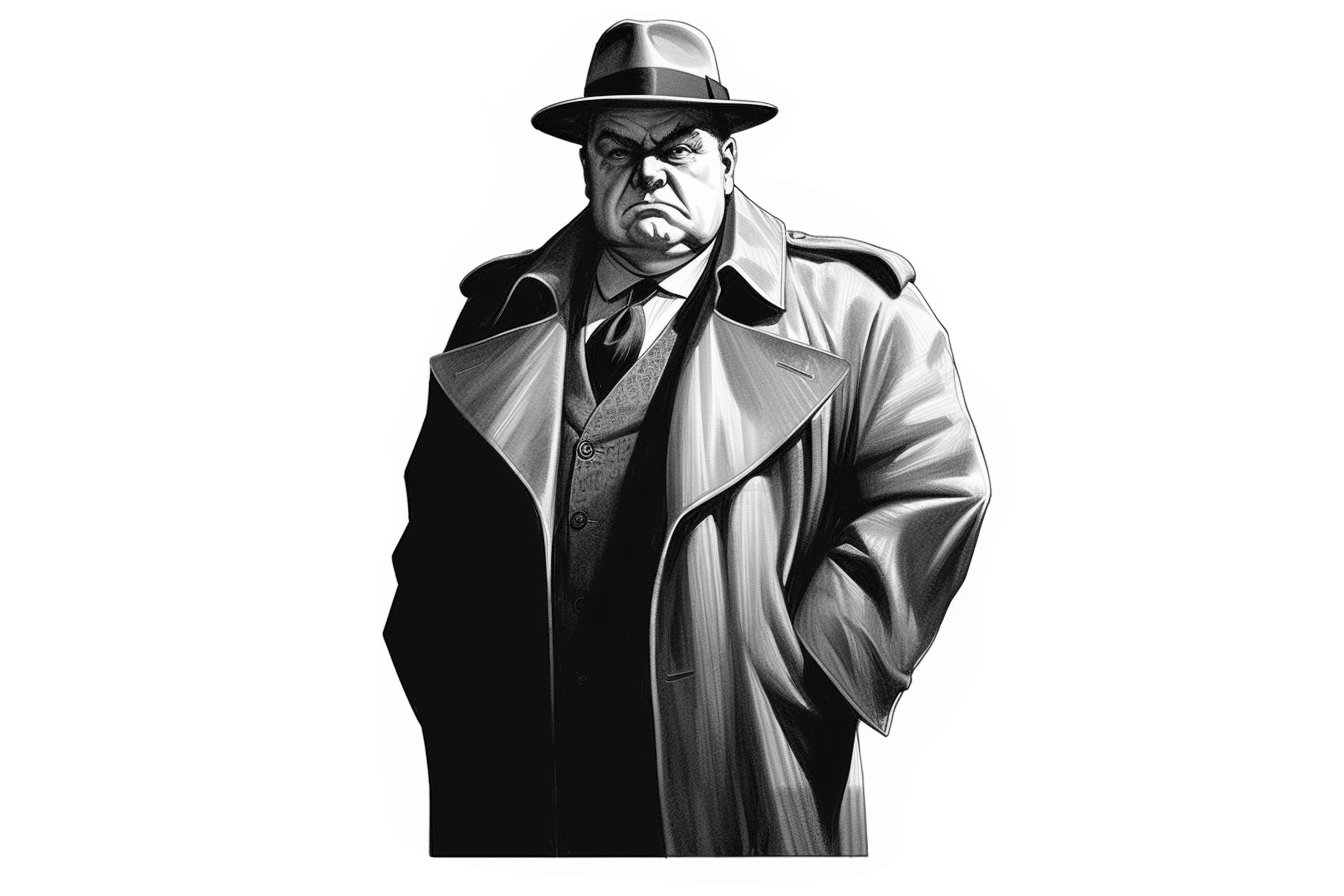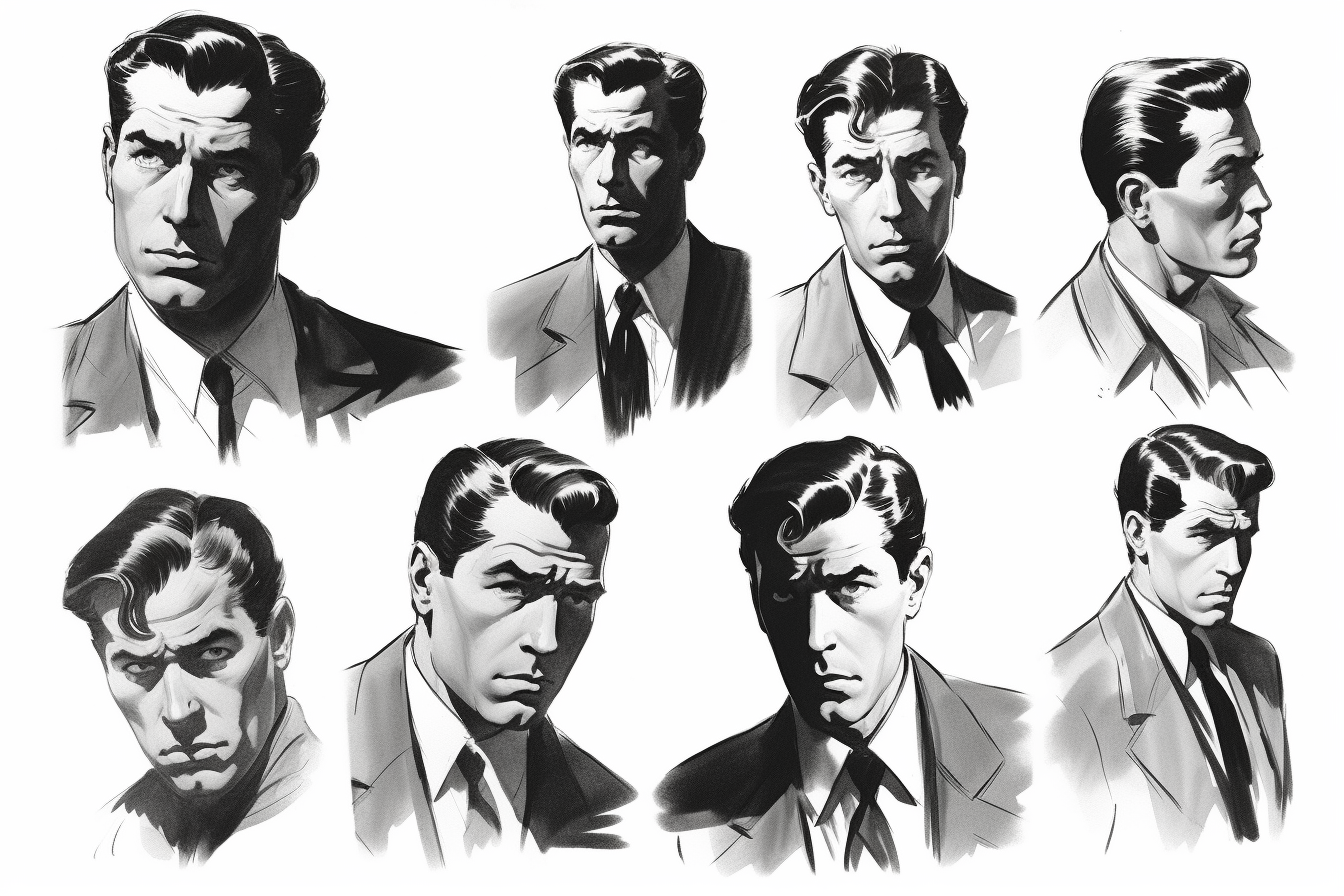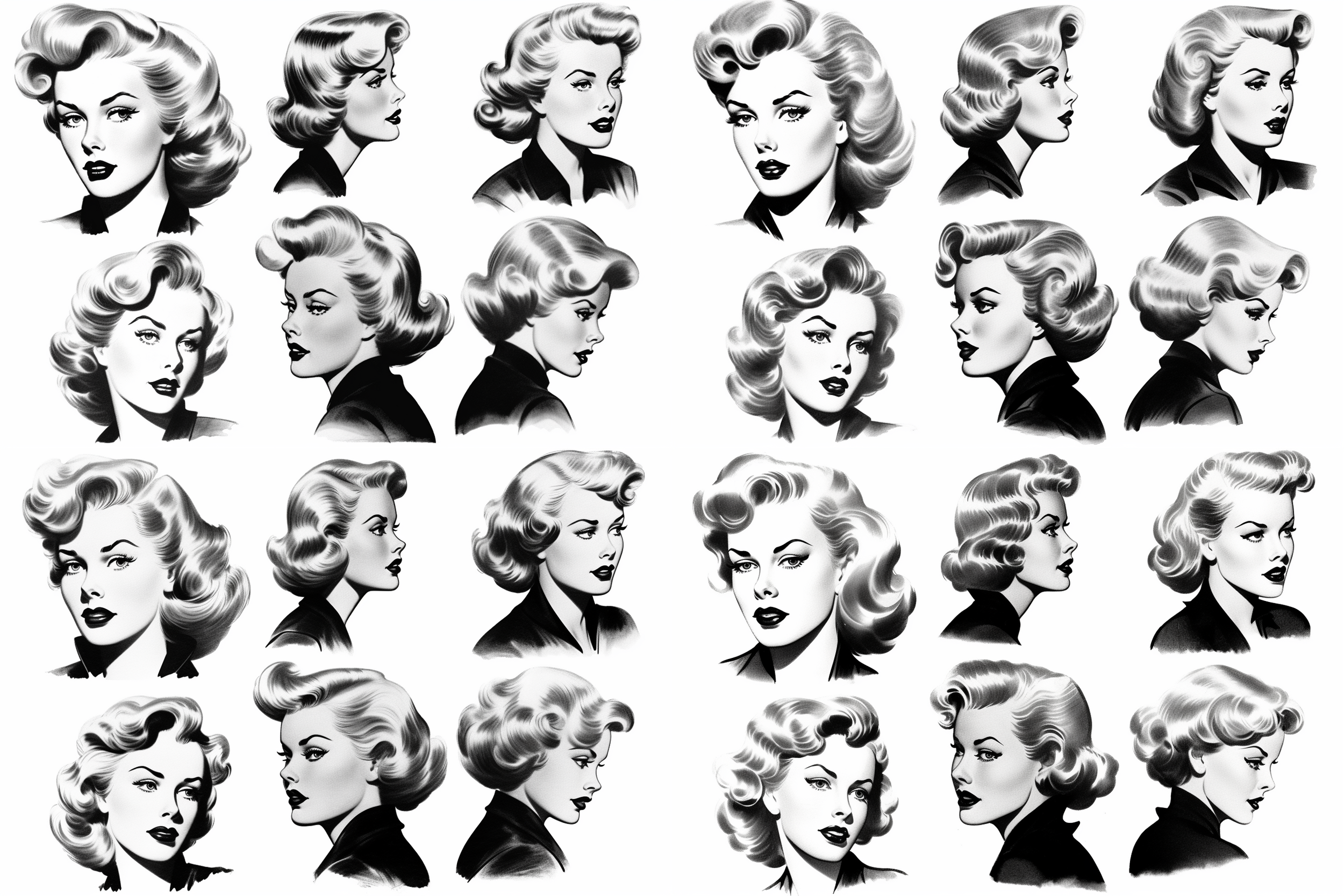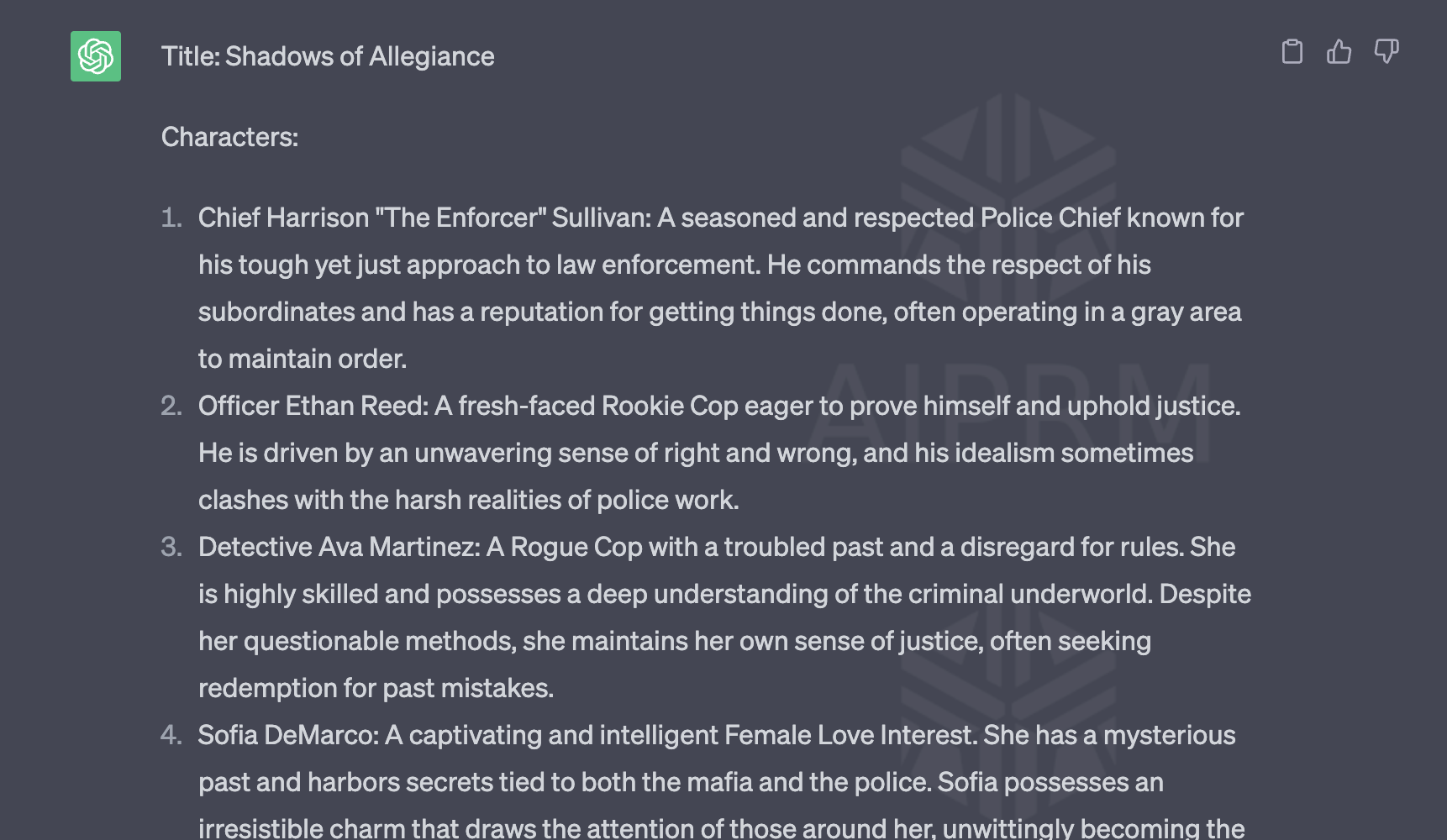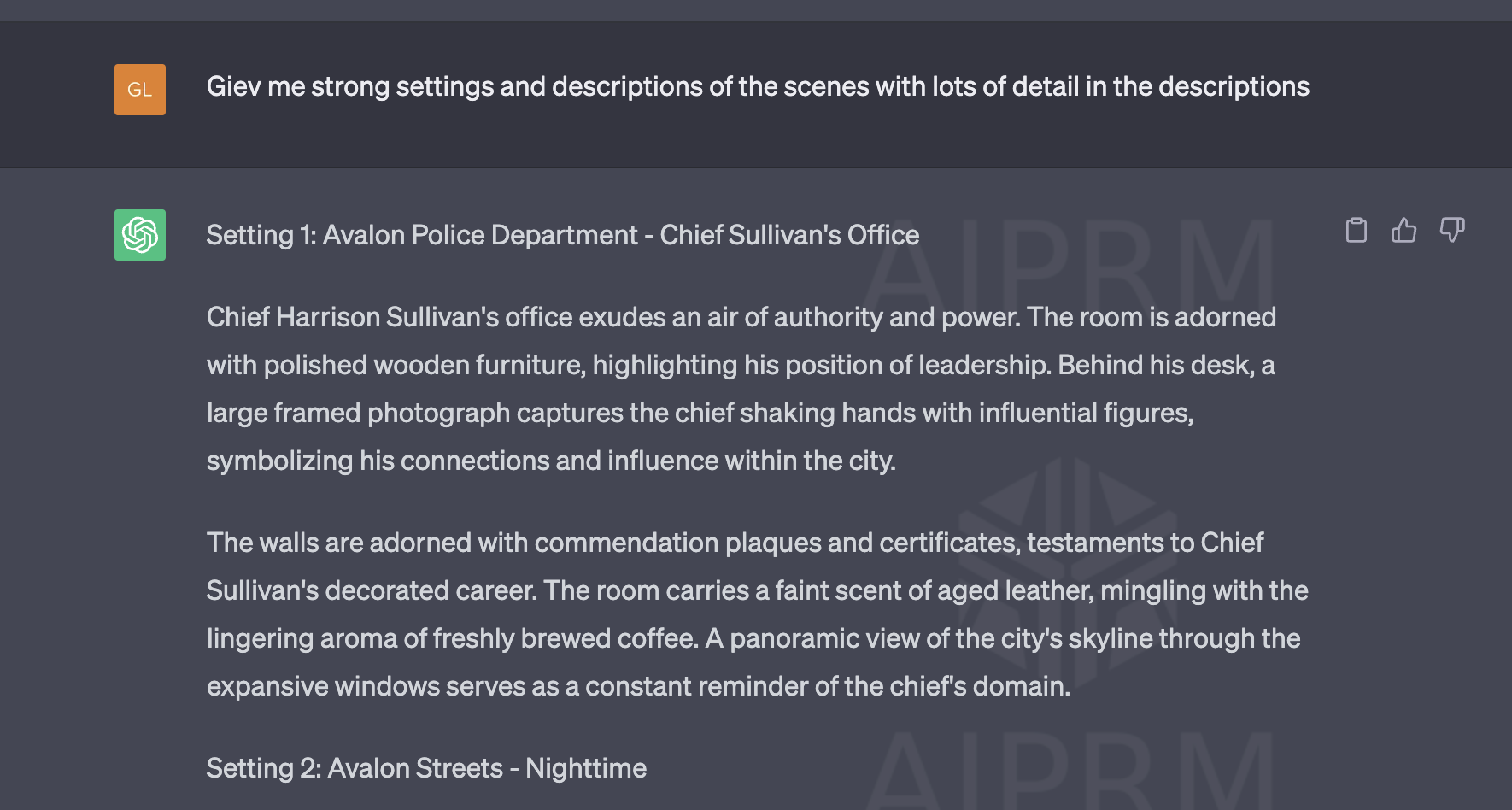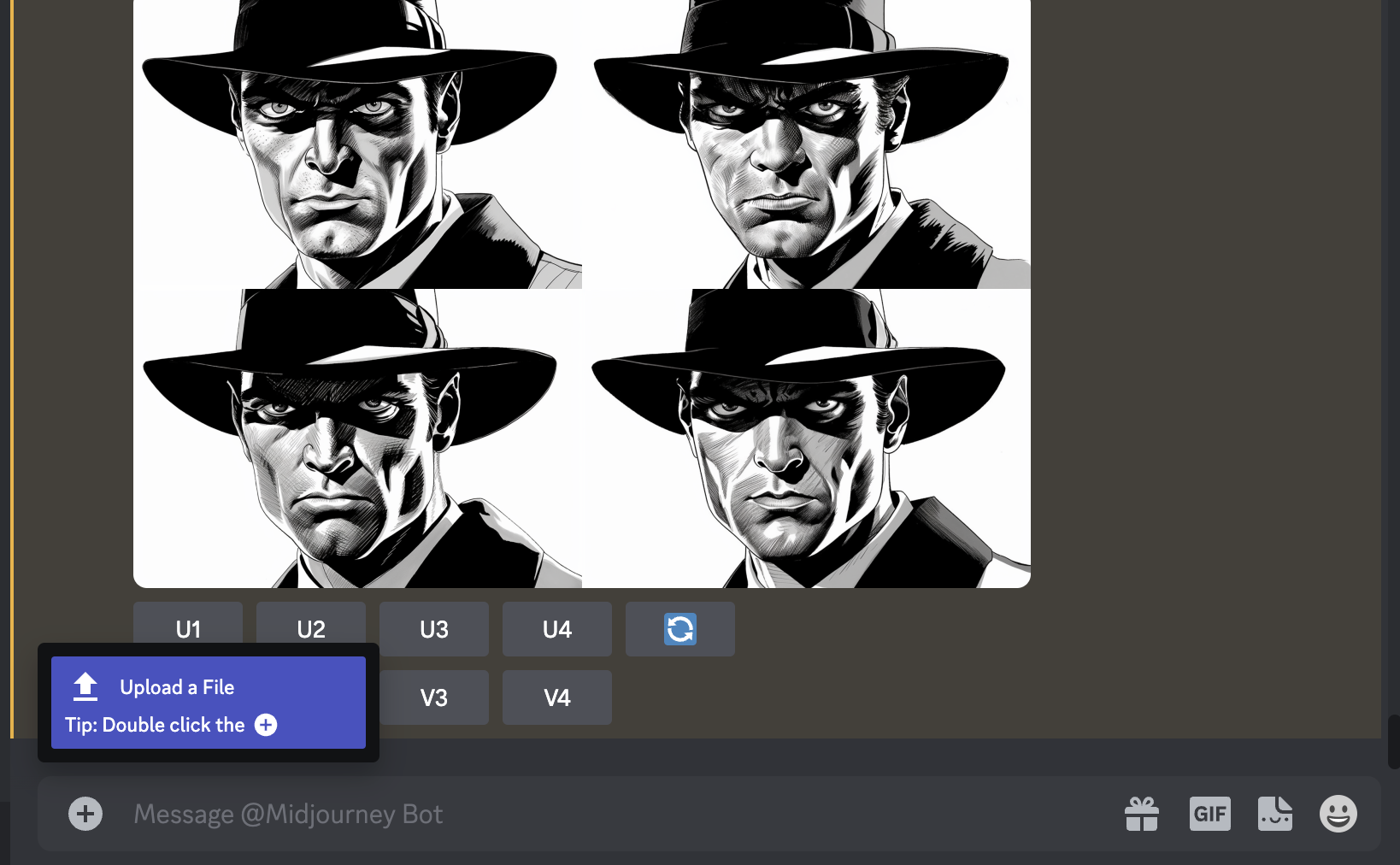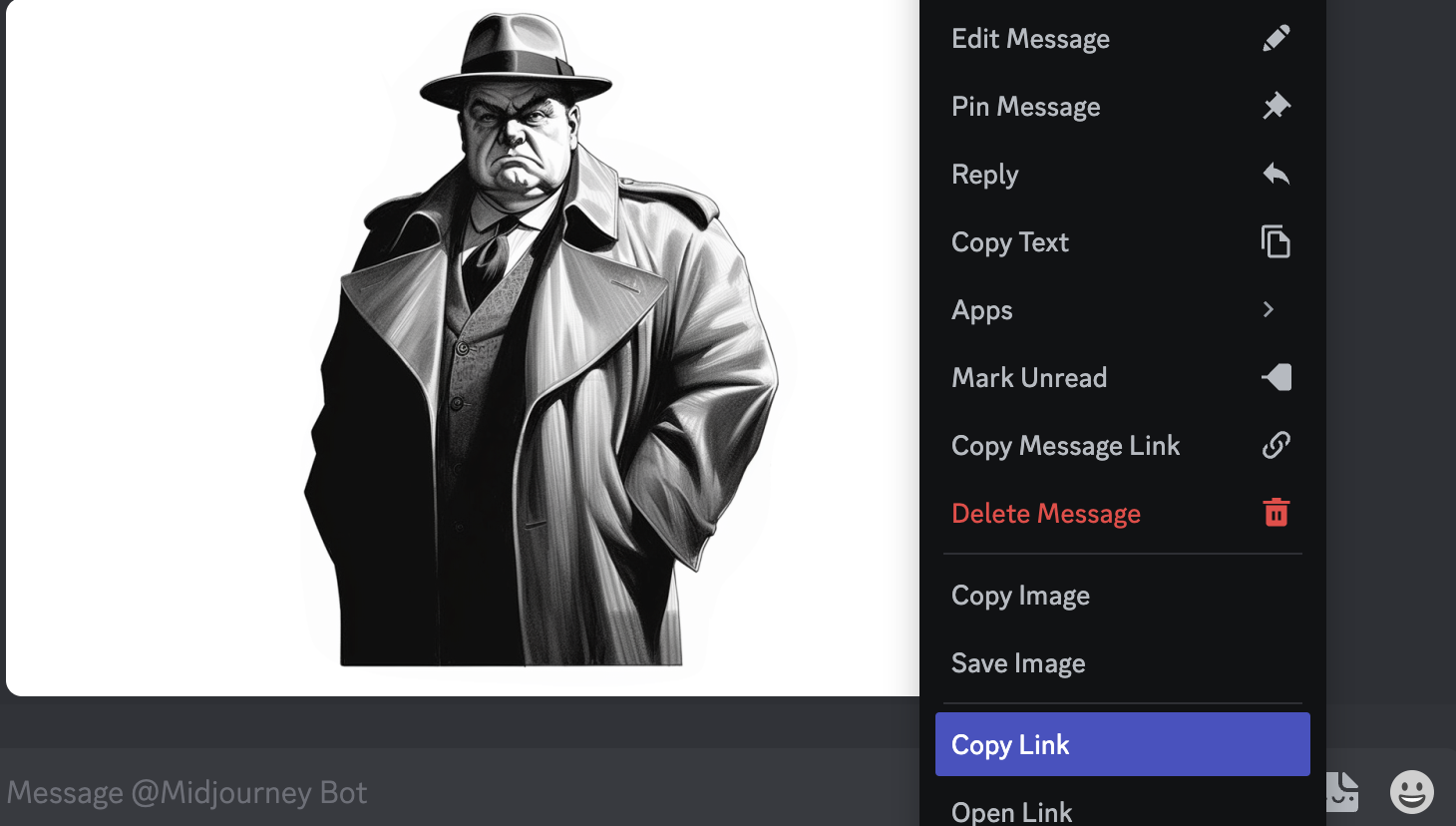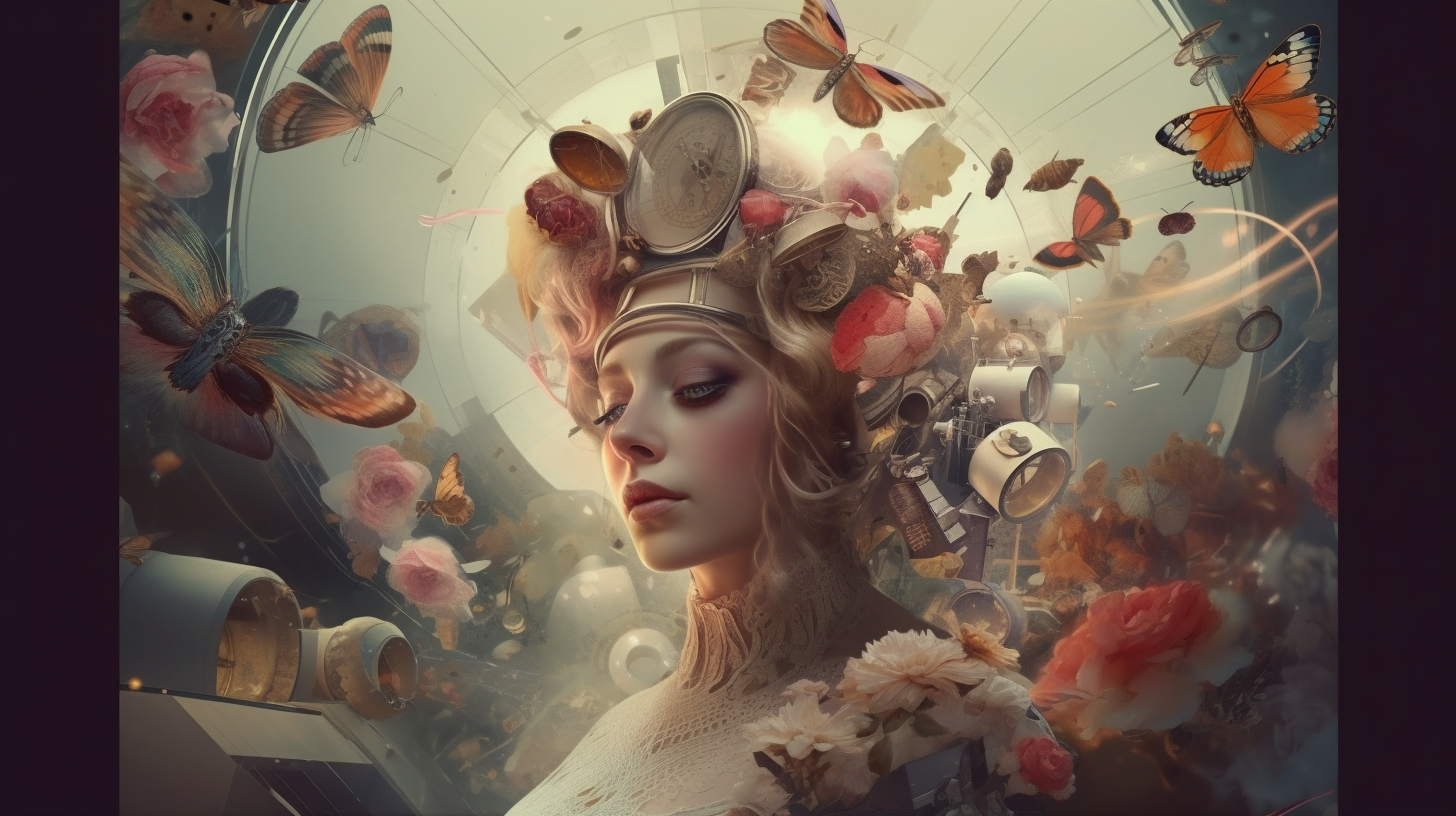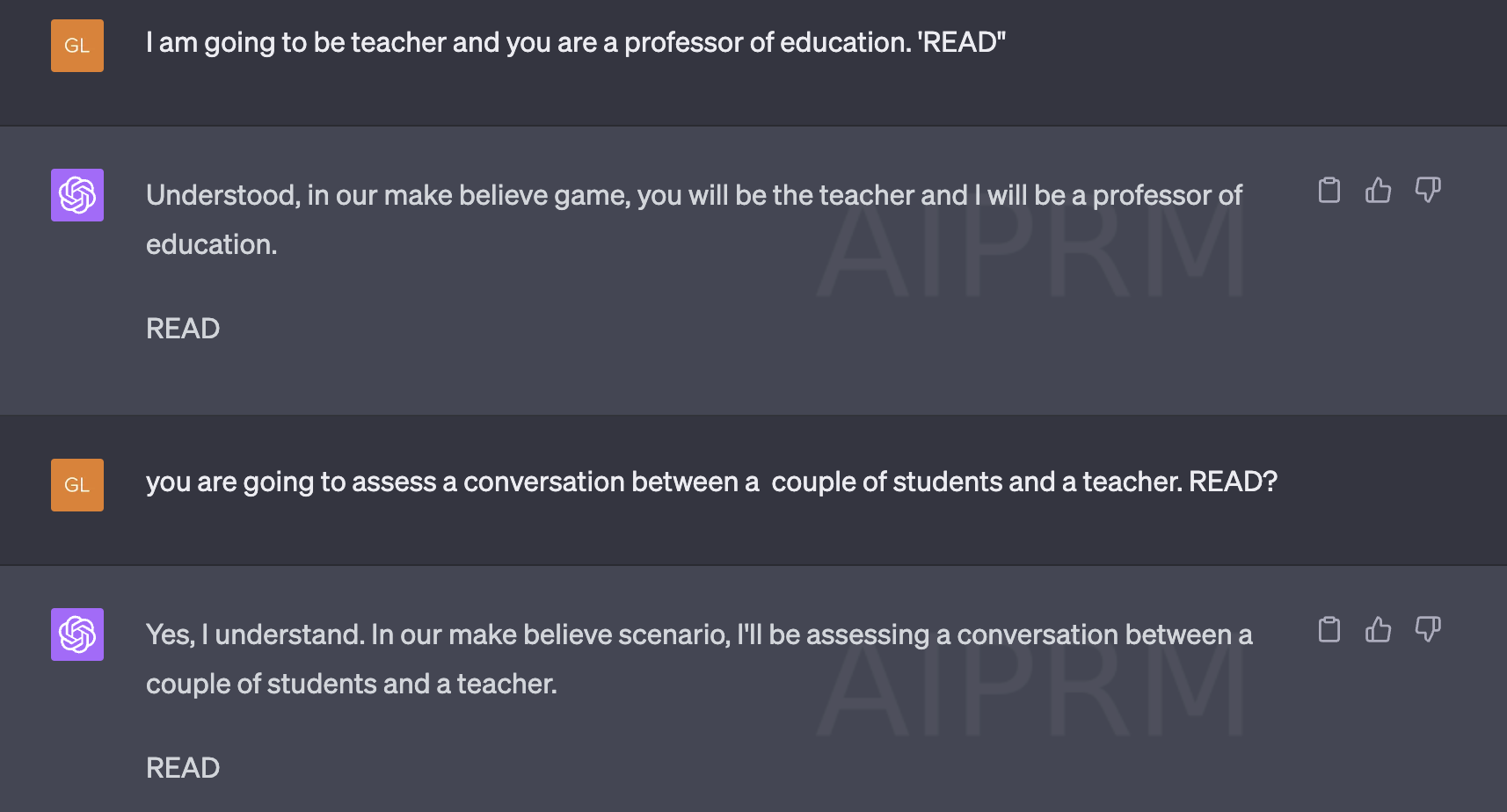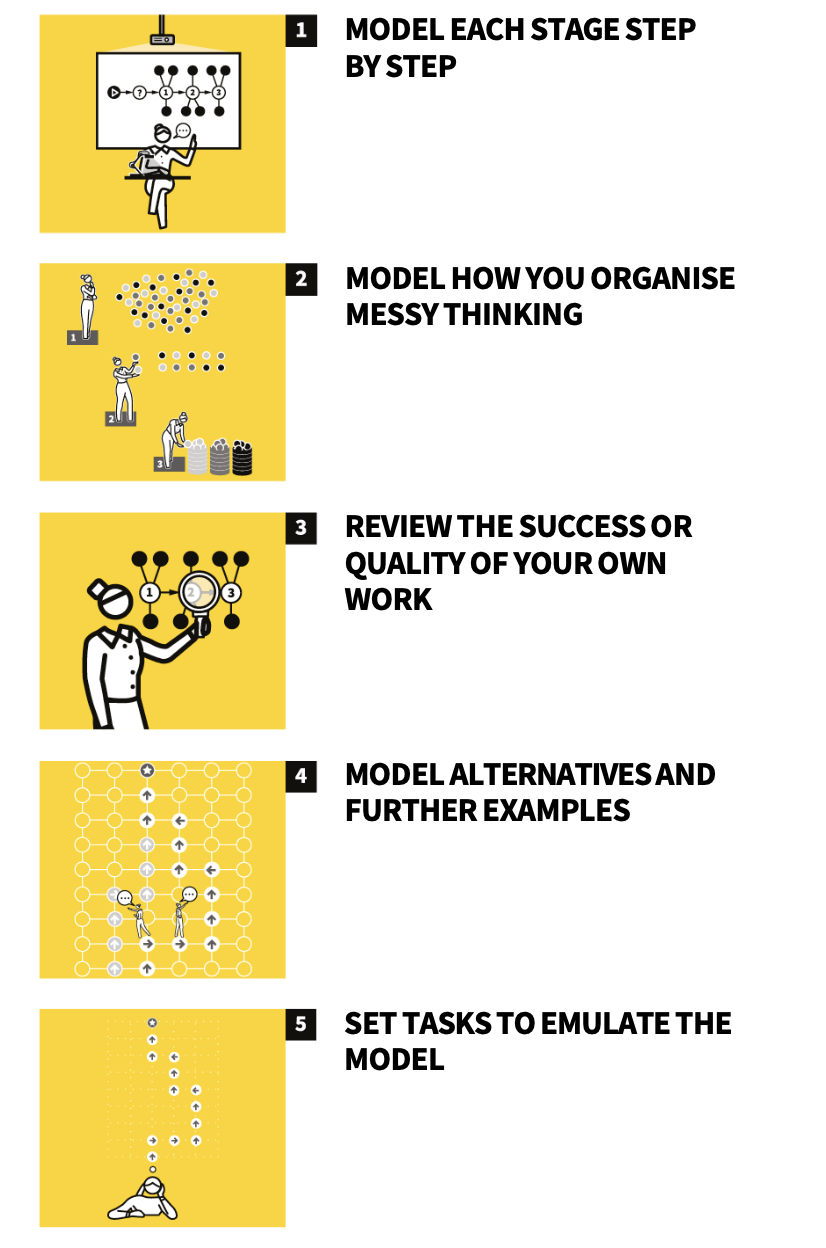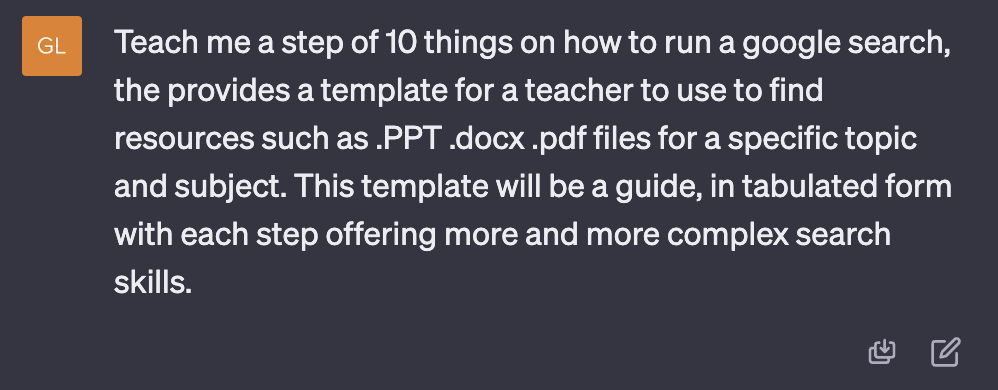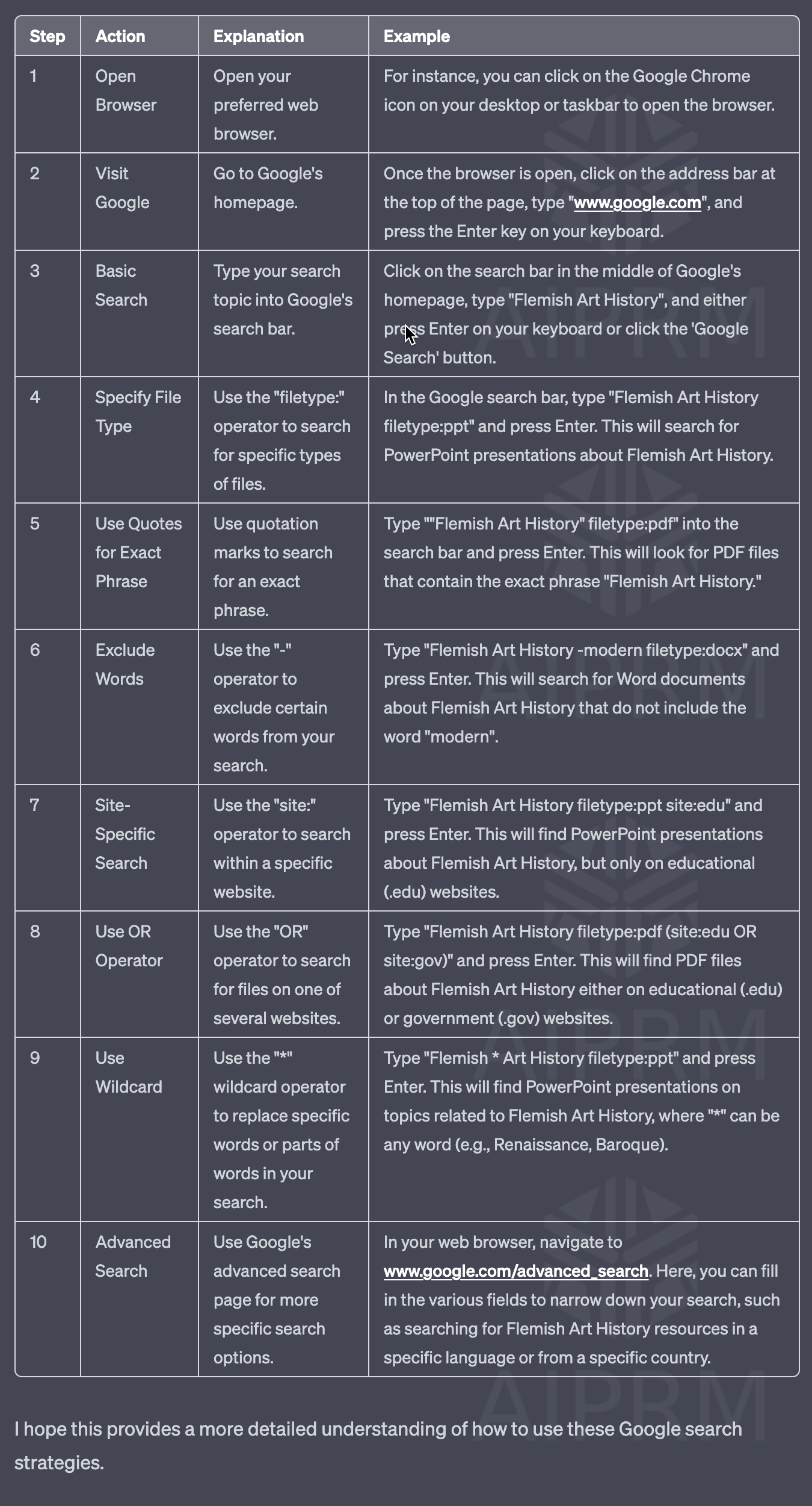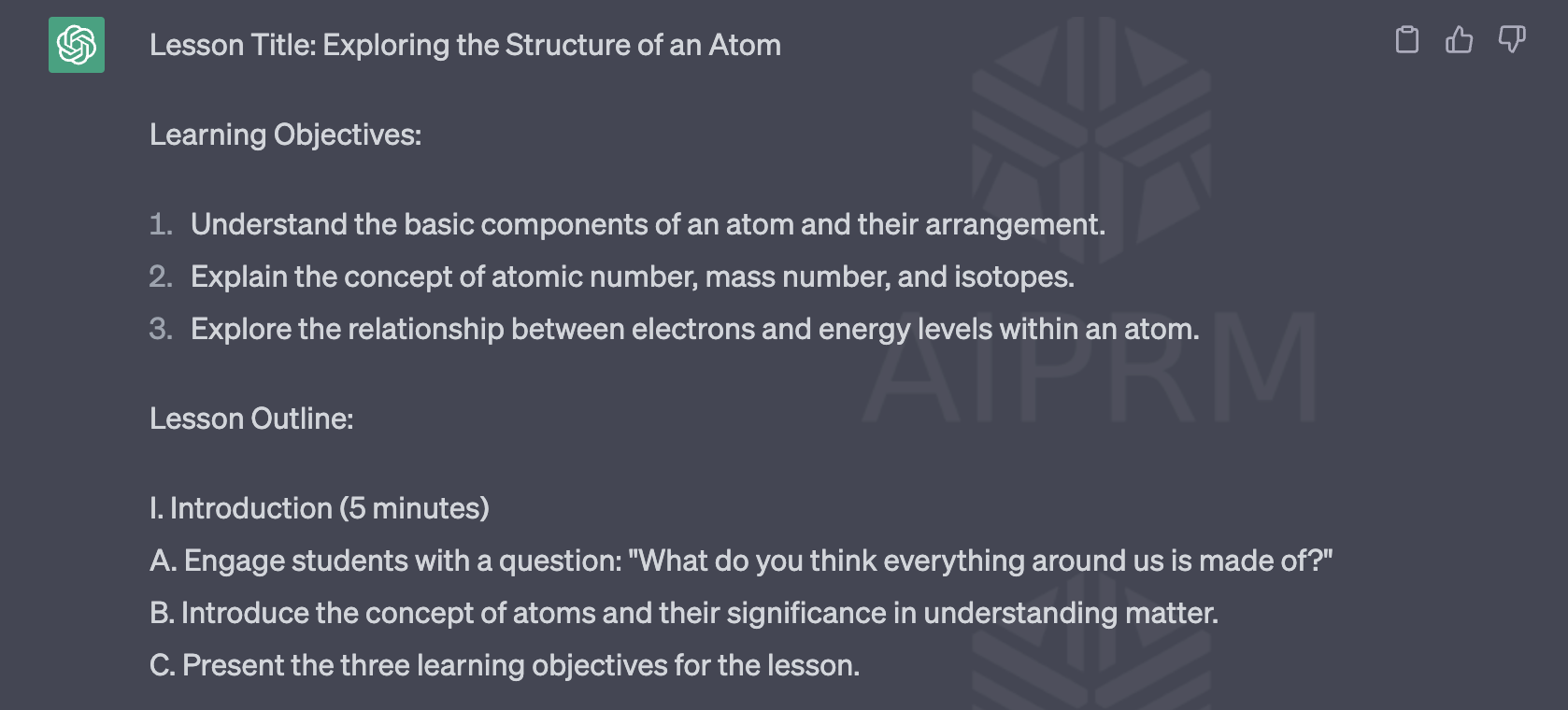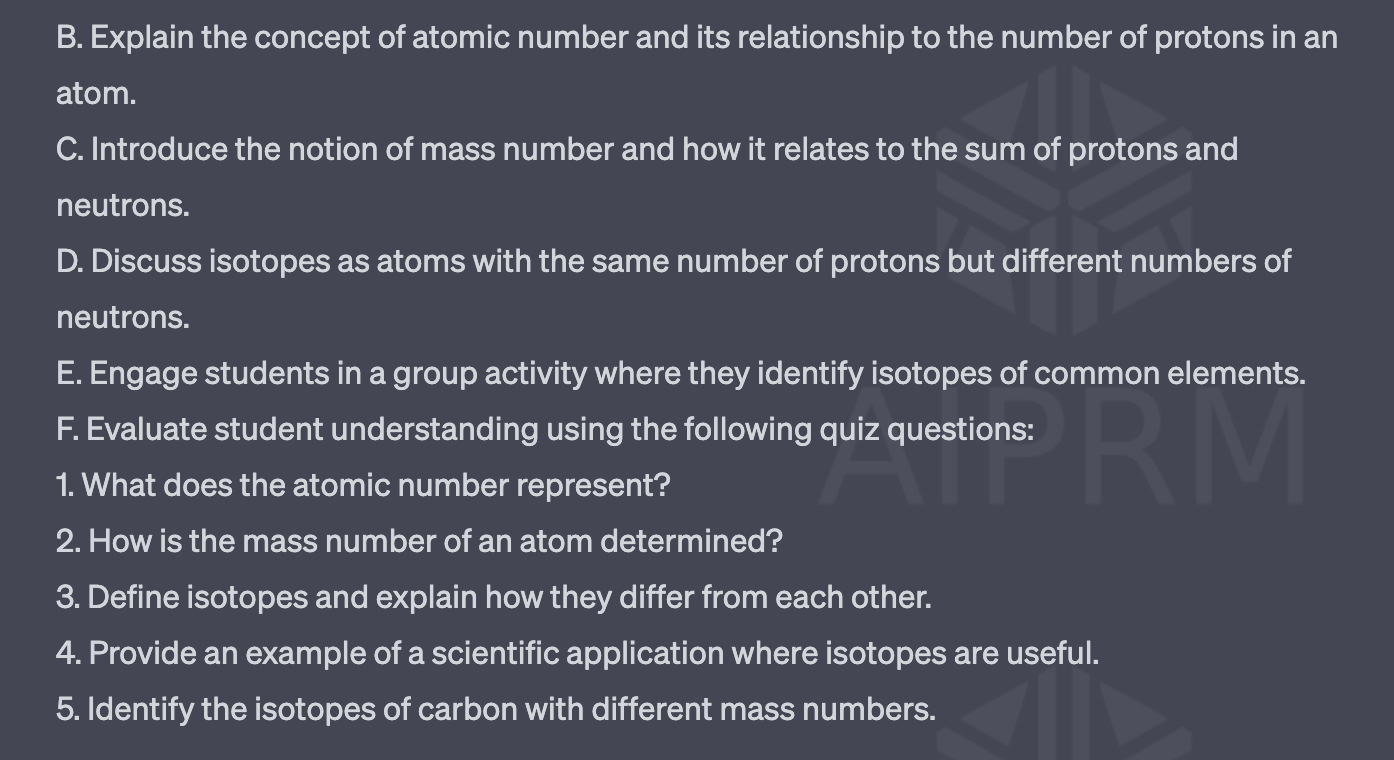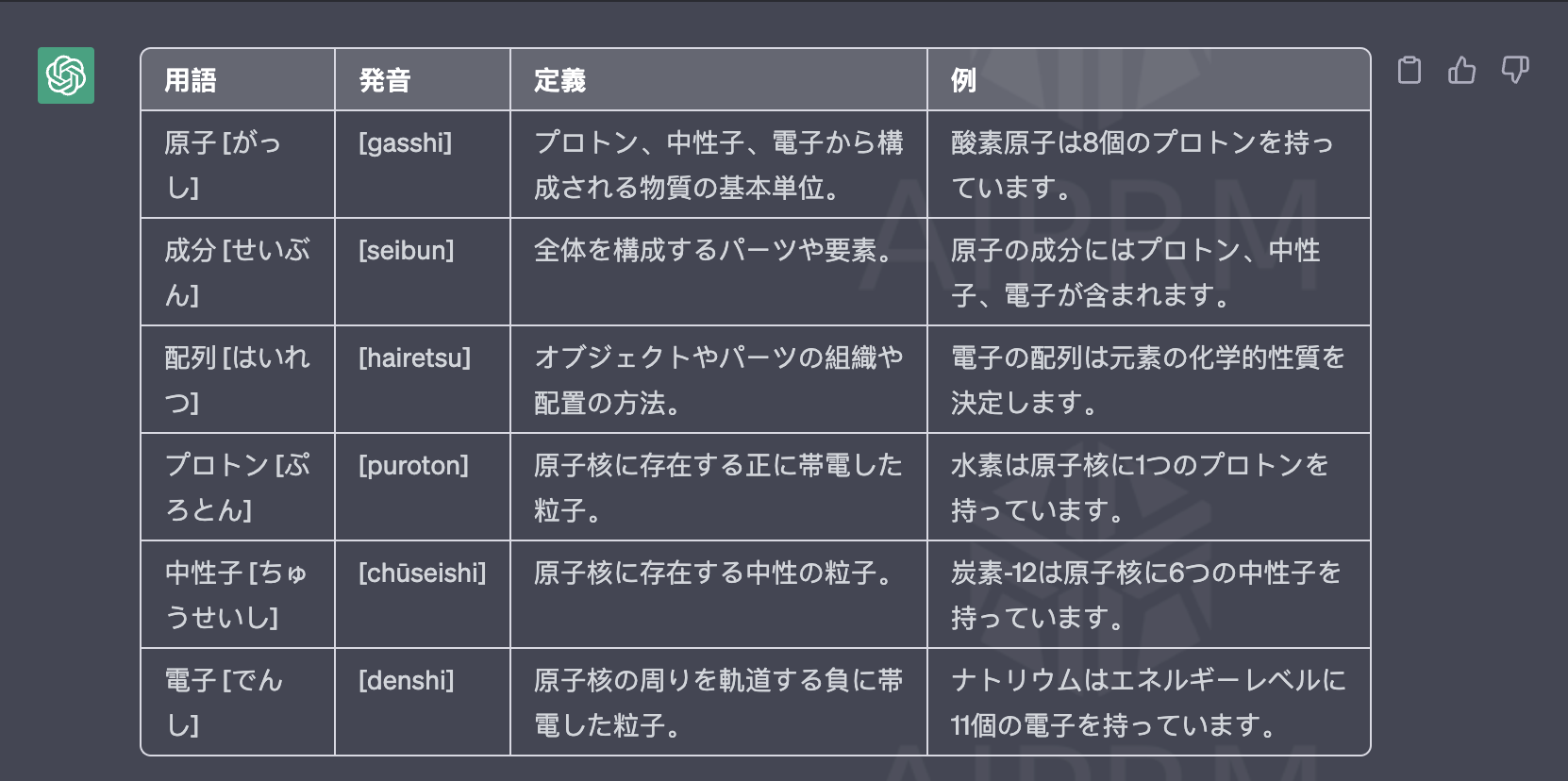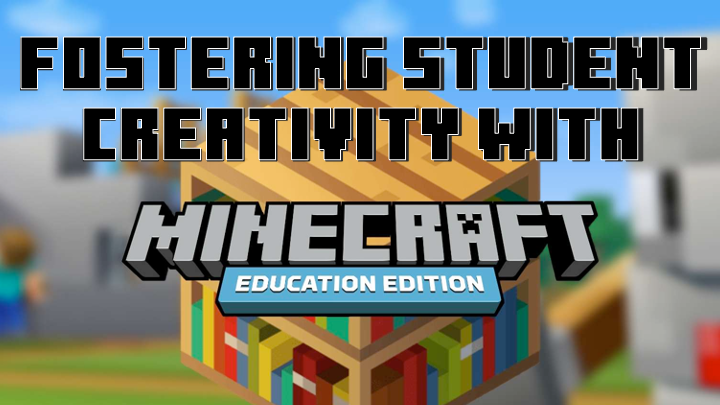AI as a Partner for Ideas: A Journey to Transformative Education
Imagine finding a solution to a persistent challenge in minutes—a challenge that has been a roadblock for weeks in your teaching, curriculum design, or school improvement plan. Generative AI offers this potential, yet its true value is often misunderstood in education. This isn’t about using AI to automate attendance records or streamline email communications. It’s about transforming leadership, subject planning, finding creative outlets where existing ideas have dried up and collaborative thinking in schools. AI isn’t here to replace the expertise of educators; it’s here to amplify it. The question is: Are we ready to guide AI, or are we letting it guide us? Because, upon reading this from the Harvard Business Review and applying it to my recent presentations both here and at my school.
Moving Beyond Routine Uses and Amplify Your Ideas
For many educators, the default use of AI is transactional—marking quizzes, drafting newsletters, or producing quick lesson ideas. While helpful, these uses only skim the surface. AI’s transformative potential begins when educators ask a deeper question: How can AI help me do this?
Reframing AI as a collaborative assistant rather than a simple INPUT/OUTPUT tool reveals its full value. Teachers, department heads, and school leaders remain the visionaries, setting goals and defining challenges. AI supports them by synthesising vast amounts of data, stress-testing curriculum ideas, or suggesting creative solutions to enhance student learning outcomes. For example, AI can help analyse assessment results across year groups, propose differentiated learning strategies, or suggest innovative ways to implement an inquiry-based curriculum.
But this dynamic only works if educators remain firmly in control. Without clarity of purpose and leadership, AI risks becoming a gimmick—efficient, yes, but directionless. The shift, therefore, is not simply about using AI better; it’s about reimagining how educators and leaders partner with technology to create meaningful innovation in schools that can cover all aspects of the community.
A Basic Framework for Transformative AI Use in Education
As I’ve been running sessions on how to apply a Design Thinking process to working with an LLM there are some finer aspects that need to run in parallel to gain control, lead the AI and to allow the AI to guide one’s focus. To use AI as a genuine partner for your ideas in education, a structured framework is essential. This framework is built on four critical components:
1. Context: Clearly define the problem or goal. Whether it’s improving student engagement, planning cross-curricular projects, or streamlining administrative tasks, AI thrives on detailed input so give it as much input on what the idea, problem or goal is.
2. Role Assignment: Treat AI as an expert collaborator—a curriculum advisor, a data analyst, or a creative project planner. Assigning a specific role helps focus its output. Say “You are a dedicated author and global leader in primary/ secondary/ tertiary education…” or “ Your role in helping to solve this problem is as a school leader of a large, prestigious and highly recognised school or X, where Y is the sticking point…”,
3. Interviewing: Engage AI interactively. Ask it to pose clarifying questions about your context, whether it’s a departmental goal or a challenge in school leadership. This dialogue sharpens your input and improves results. In thsi case, task the AI with asking pertinent questions one at a time for the AI to collate a picture of the people, the scenario and challenge at play. This way, the task becomes easy to clarify.
4. Task Definition: Clearly outline what you want from AI—whether that’s lesson scaffolding, an improvement plan for literacy, or insights into staff wellbeing surveys.
Imagine a subject leader tasked with introducing a new inquiry-led science programme. By assigning AI the role of curriculum advisor, they could brainstorm lesson structures, explore links to real-world applications, and develop strategies for assessing inquiry skills. This isn’t about handing over control; it’s about amplifying expertise through thoughtful collaboration.
The 20% That Drives 80% in Schools
The greatest value of AI lies in addressing high-stakes, strategic challenges—the “20% activities” that drive 80% of impact in education. These are the big challenges: improving outcomes in literacy or numeracy, creating a school-wide programme to boost critical thinking our outcomes, or fostering equity for EAL or high achievers in classroom practices.
Too often, AI is used for mundane, low-impact tasks like compiling attendance data or generating generic worksheets. While useful, these applications don’t tap into its transformative potential. Instead, imagine applying AI to redesign curriculum planning across year groups or create a school-wide strategy for integrating project-based learning. AI could propose interdisciplinary connections, identify gaps in curriculum coverage, or generate practical approaches for differentiated instruction.
These are not surface-level fixes but deep insights that challenge assumptions and inspire action. When school leaders and educators frame AI inquiries thoughtfully and stay engaged with the process, they open doors to strategies and possibilities that would otherwise go unexplored. Which, when we’re at this stage, why not ask “From this scenario, what unexpected pitfalls might I face with this group, this person, this subject planning if X is there or given this goal’s aim and cost who’s likely to object to…?”
Embedding AI Into Educational Routines
For AI to become a natural part of educational leadership and planning, it must be woven into daily and weekly routines. Establishing a habit of interacting with AI ensures it becomes a consistent partner, not just a sporadic tool.
One approach is to dedicate time during staff meetings or departmental planning to engage with AI. For instance, teachers might use it to brainstorm differentiation strategies for upcoming topics or develop creative formative assessment methods. Another method is reflective journaling with AI. School leaders could begin each week by outlining their key goals—such as improving staff retention or analysing attainment data—then use AI to generate actionable insights.
These practices create a rhythm of collaboration between educators and technology, fostering reflective thinking and strategic focus. Over time, the habit of working with AI strengthens both individual practice and collective planning across teams, leading to better outcomes for students.
The Teacher and Leader’s Role
At the core of AI integration in education is a critical truth: teachers and school leaders must lead. AI excels at processing data, identifying patterns, and suggesting ideas, but it cannot replicate the intuition, empathy, and values that drive education. These uniquely human traits are what make schools effective and inspiring.
Leaders must define the purpose, guide the process, and critically evaluate AI’s outputs. Consider a headteacher drafting a strategic improvement plan for the school. AI might suggest useful frameworks or identify trends from school-wide data, but the leader decides how these align with the school’s vision and community needs. Teachers can use AI to co-develop project plans or assess curriculum gaps, but it’s their professional judgment that determines the path forward.
This balance—where human expertise guides technology’s capabilities—is the key to meaningful educational progress. AI enhances creativity, supports decision-making, and expands possibilities, but it must always serve the goals set by educators and leaders.
A New Era for Education
The integration of AI as a creative assistant represents a profound shift in how schools innovate and improve. It challenges the traditional view of technology as a passive tool, instead reframing it as a collaborative force for tackling complex educational challenges. This is not about replacing human expertise but amplifying it—enabling educators and leaders to plan more creatively, think more strategically, and act with greater impact.
It all begins with a question: How can AI help me achieve this? Asking this regularly transforms AI from a convenience into a partner, unlocking a powerful harmony between educational vision and technological capability. This partnership has the potential to reshape curricula, foster better collaboration, and create far more creative learning experiences.
The question is not whether AI can contribute to schools—it is whether educators are ready to lead it with clarity and purpose. Those who embrace this challenge will find themselves at the forefront of a new era, where technology and education work together to create extraordinary outcomes. What could you or your school achieve if AI became your creative assistant today?

